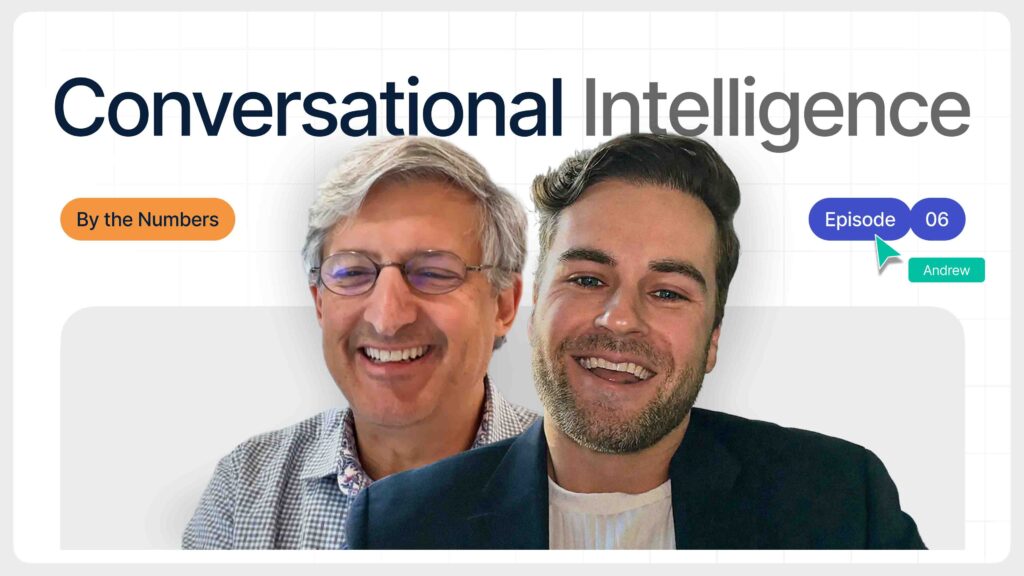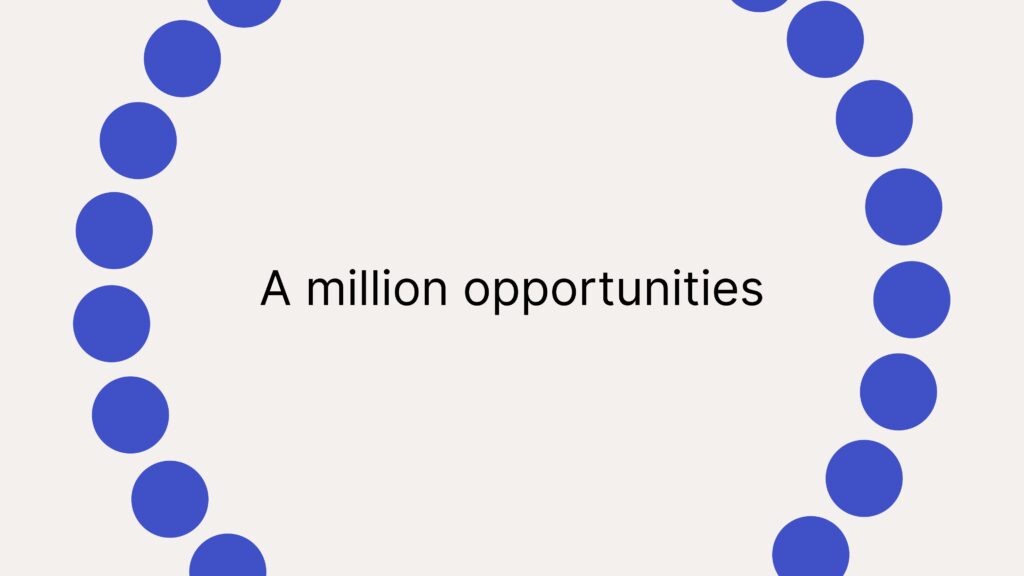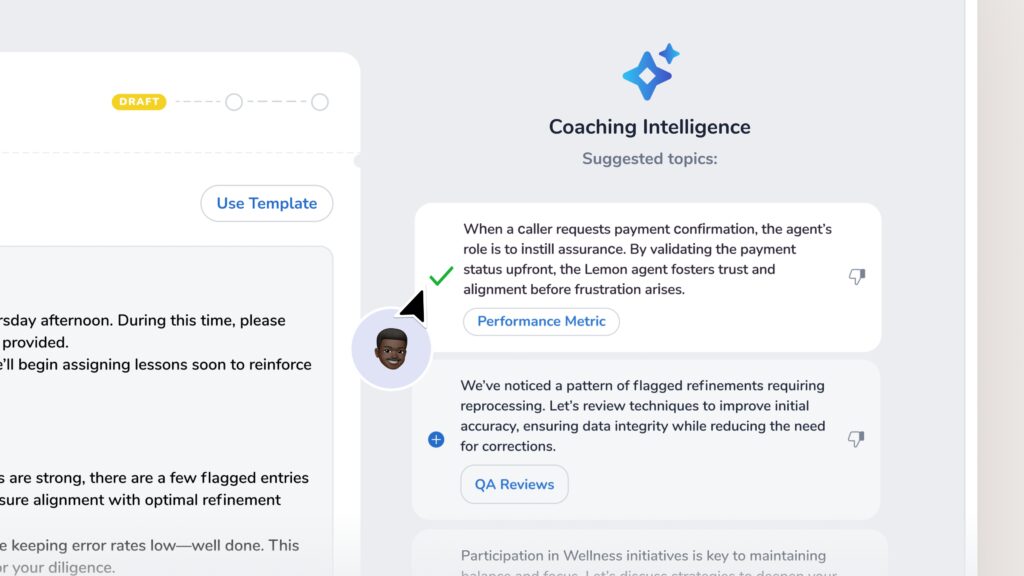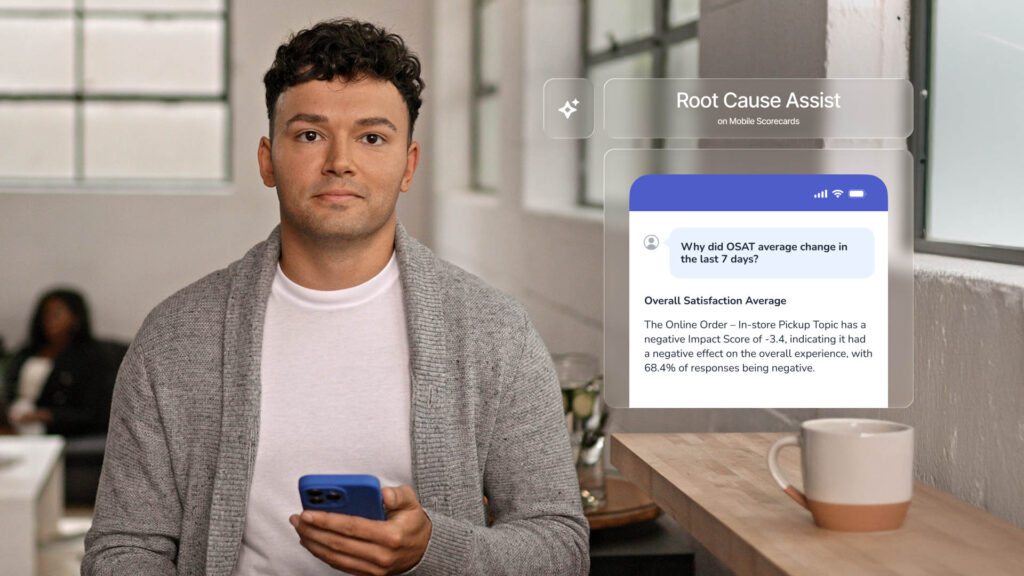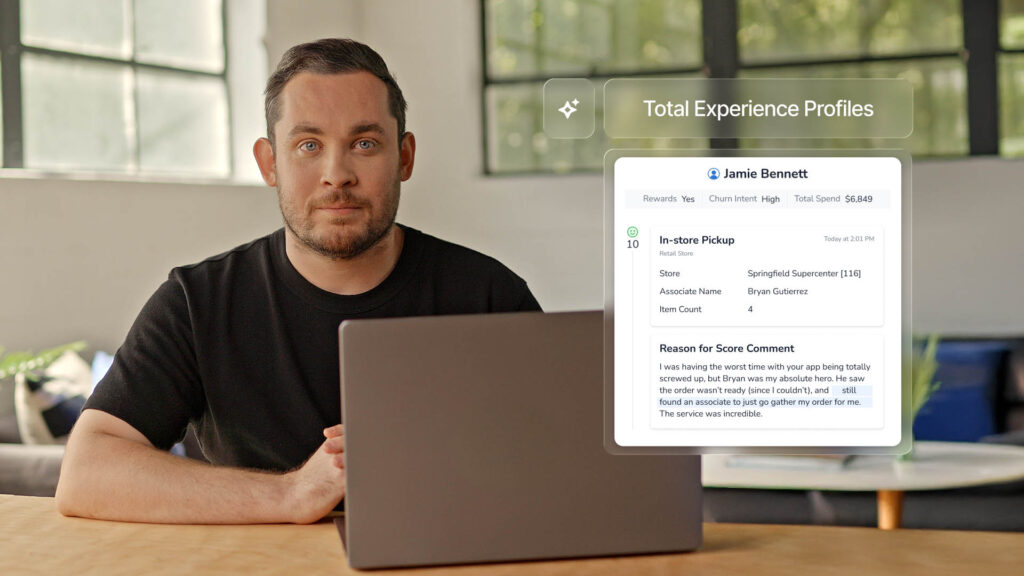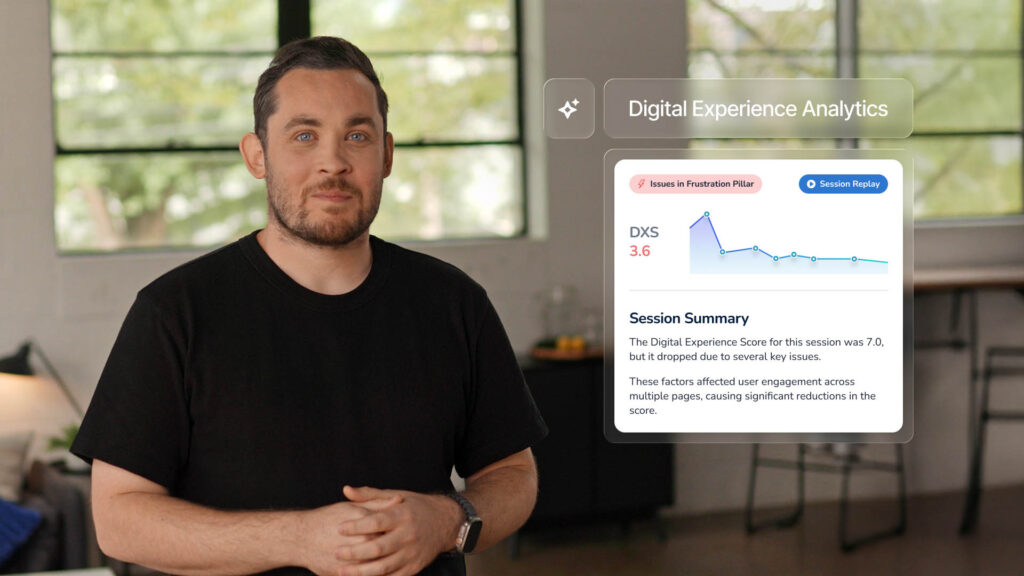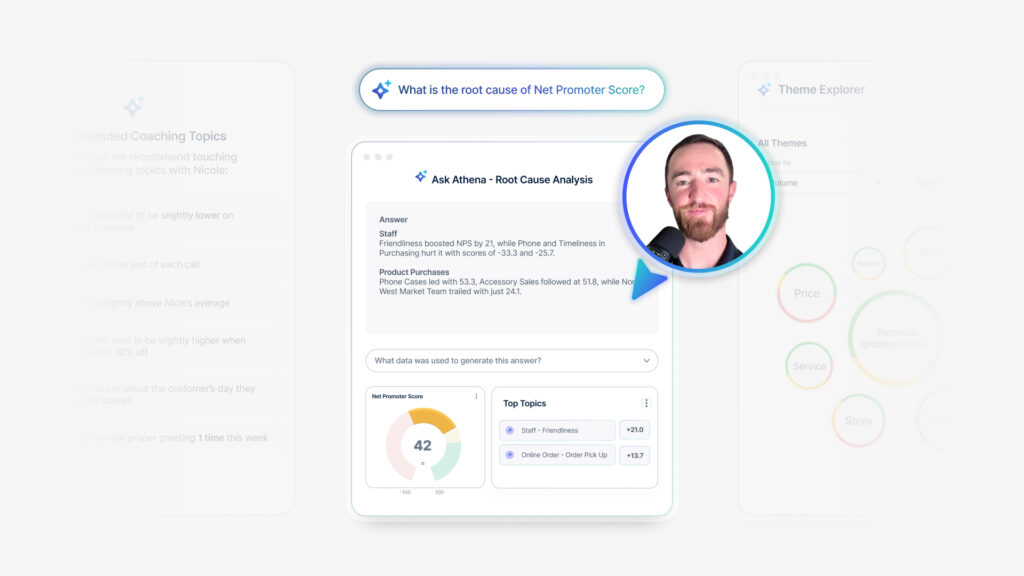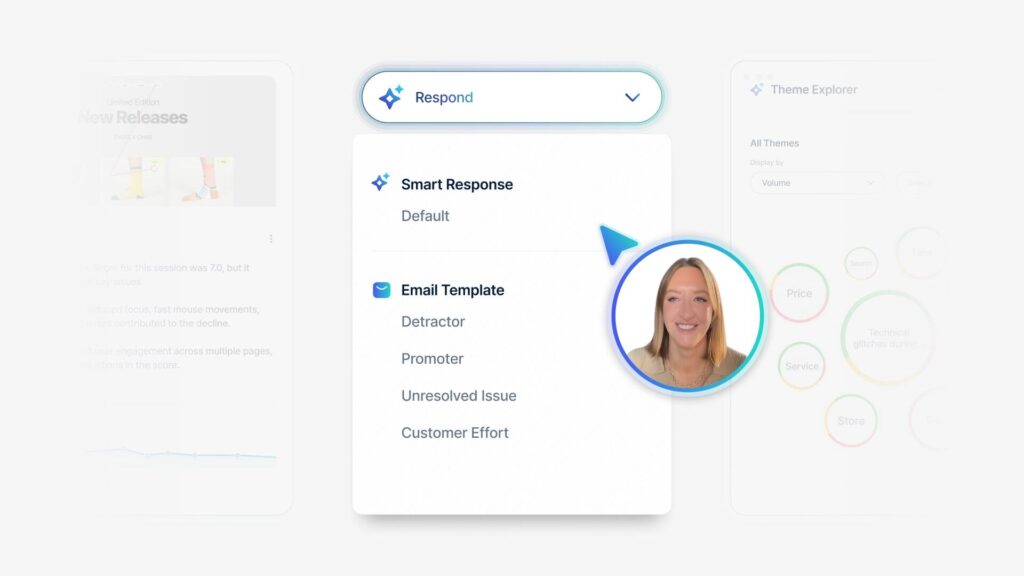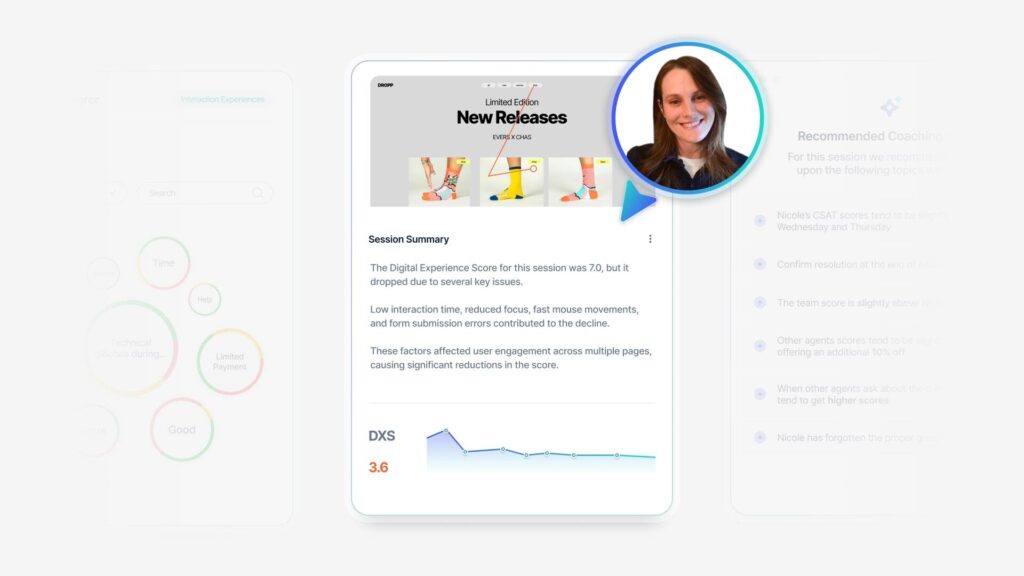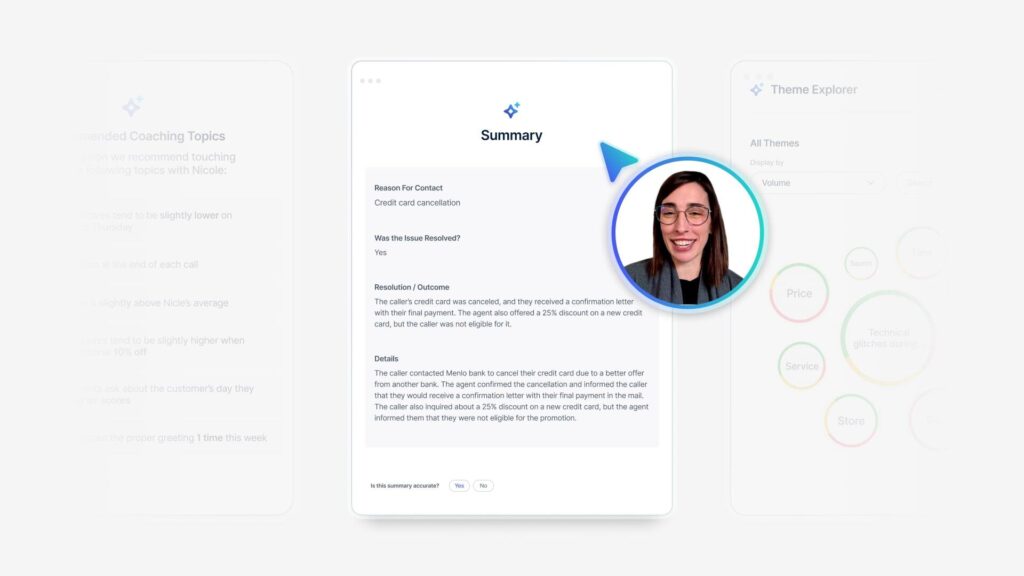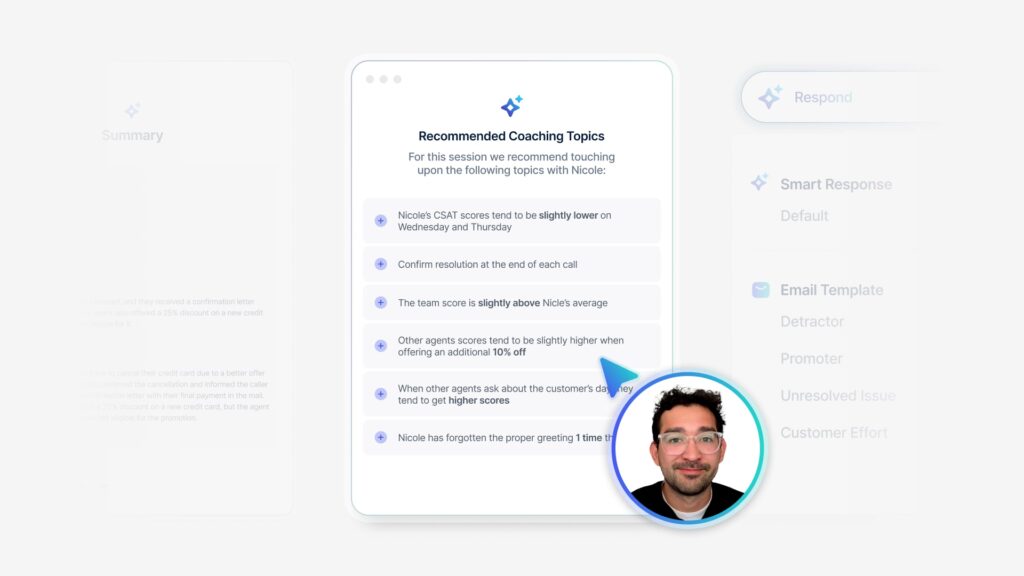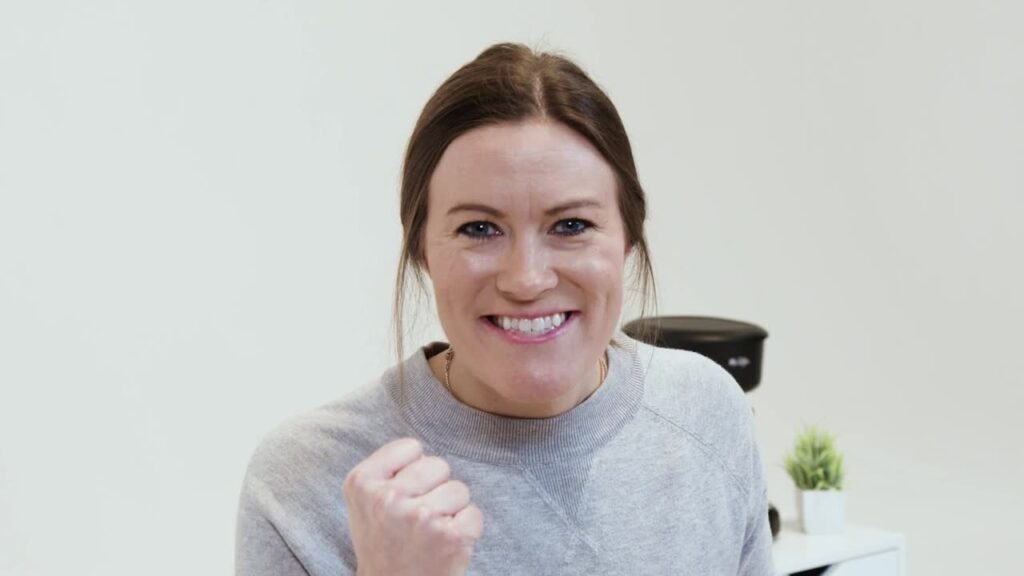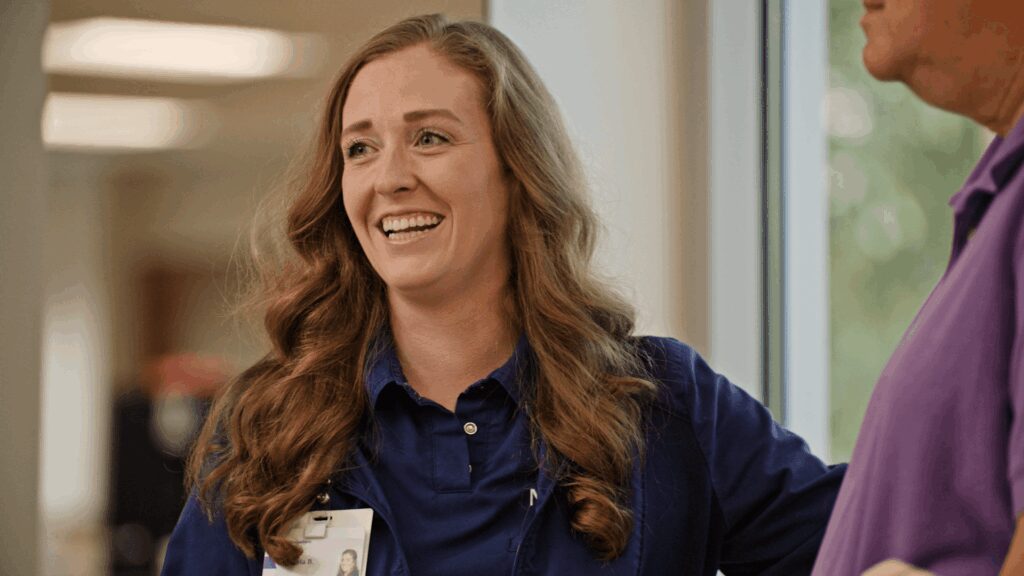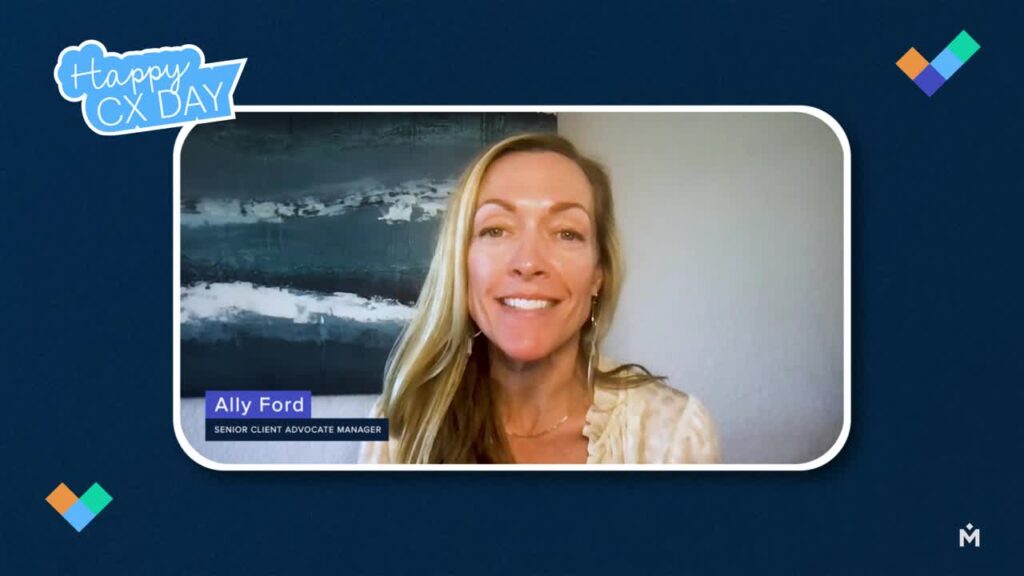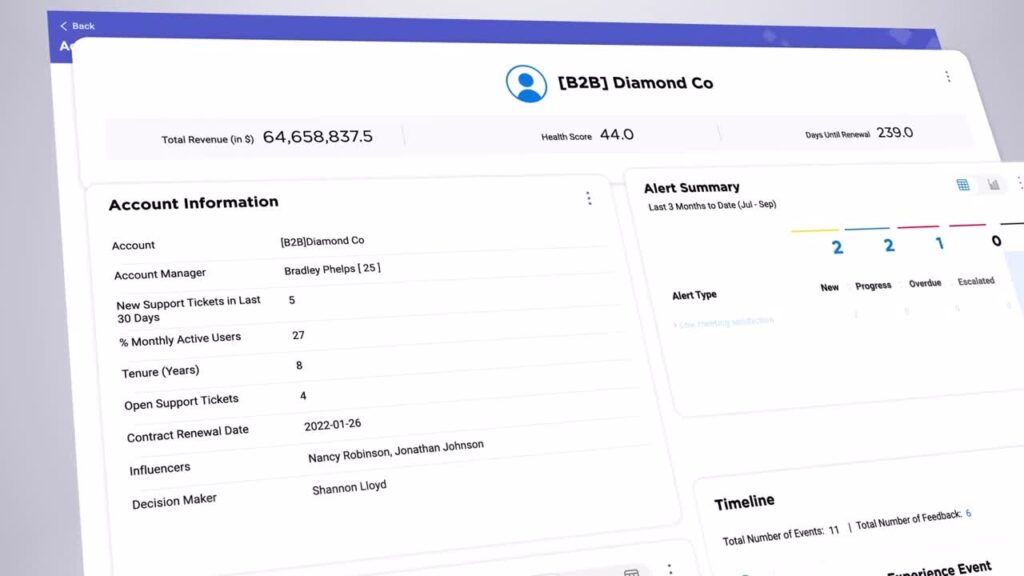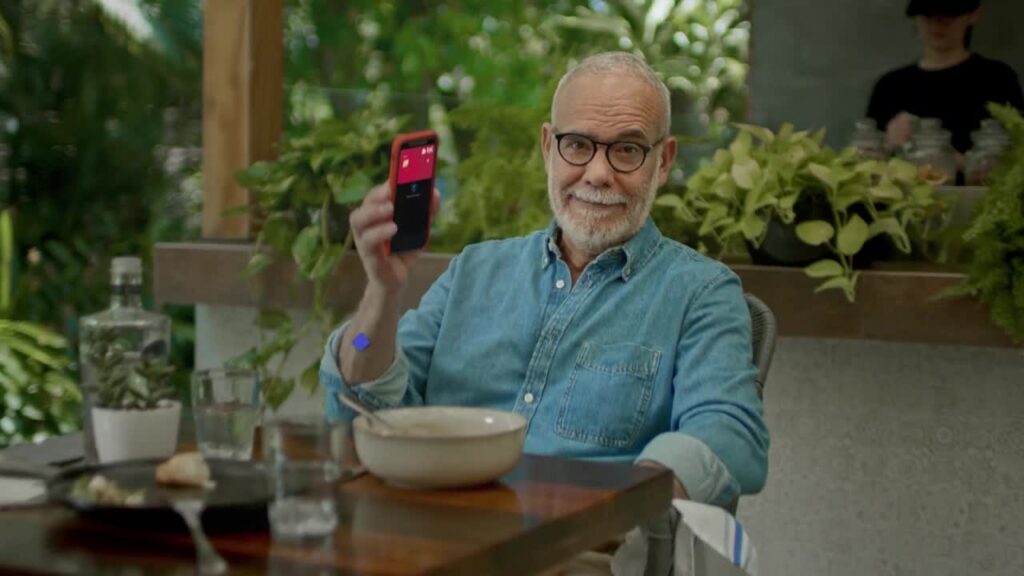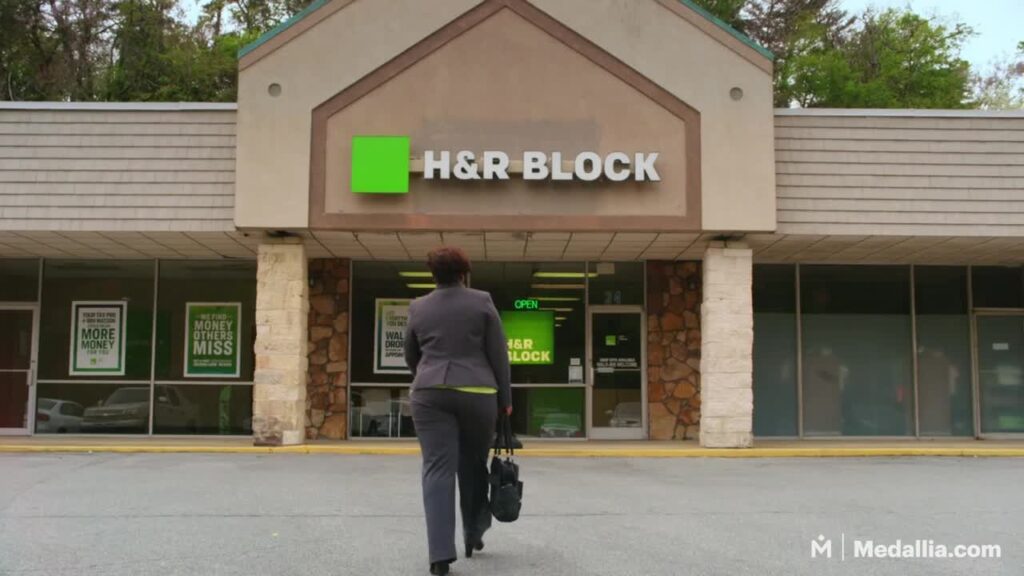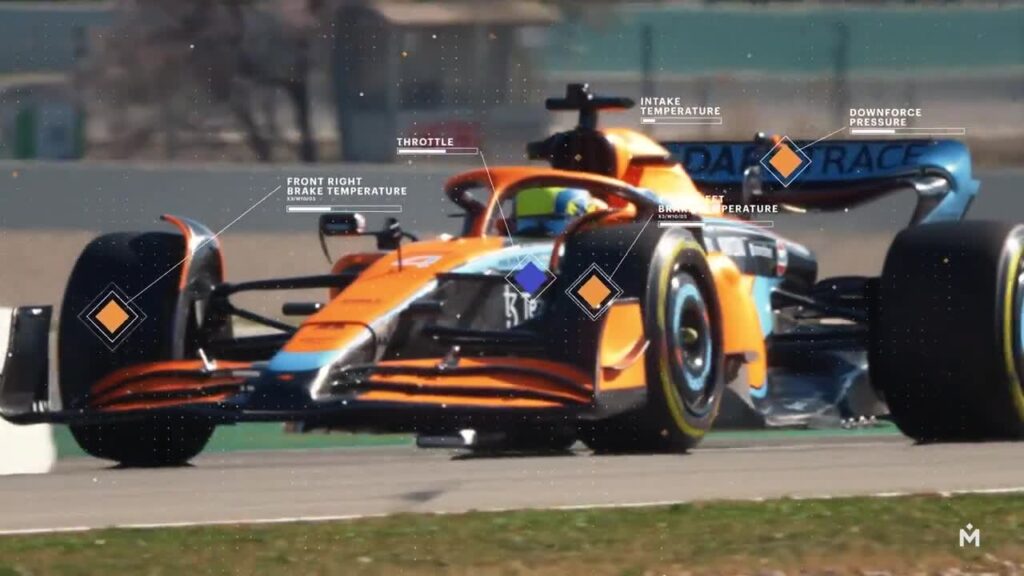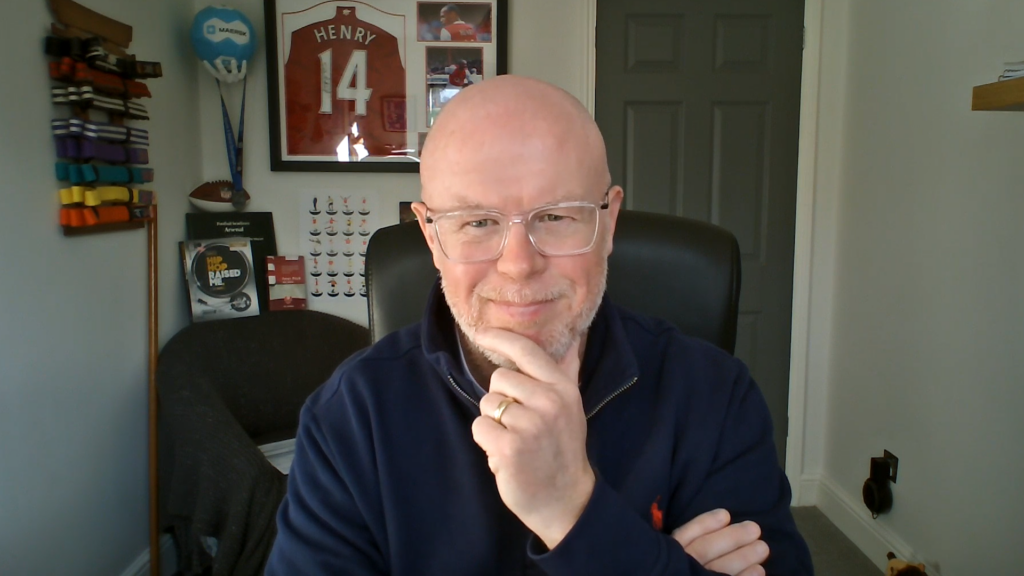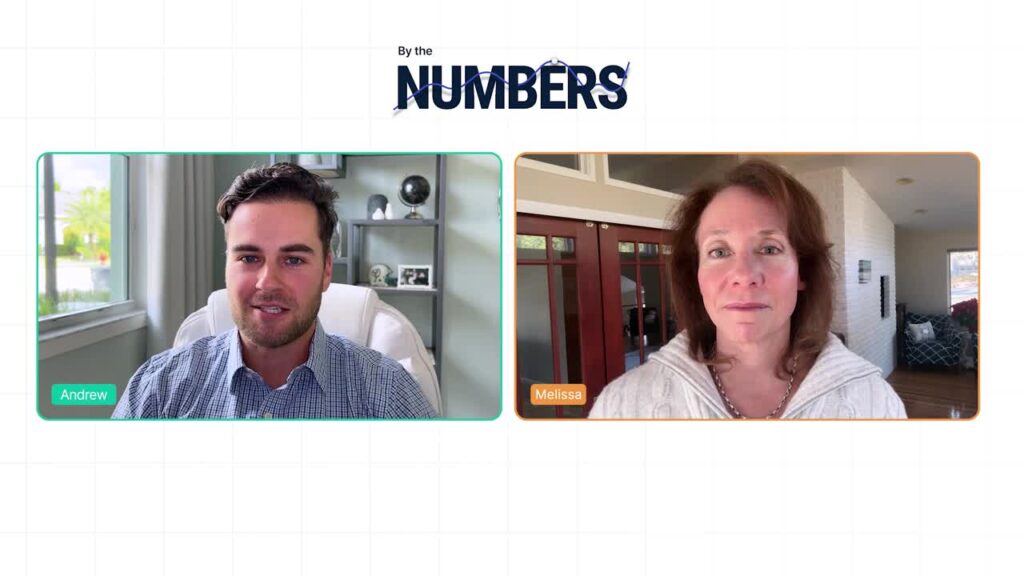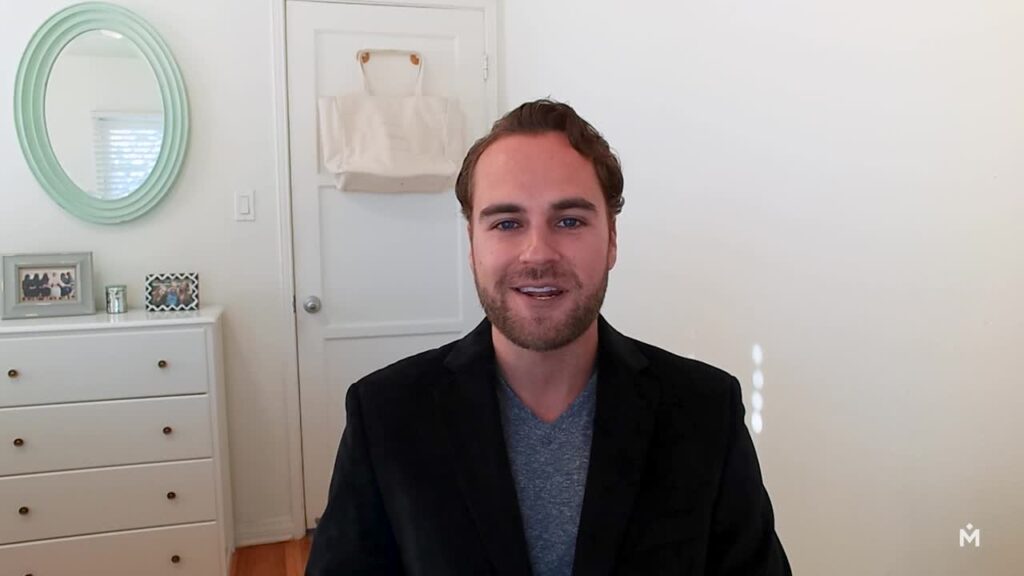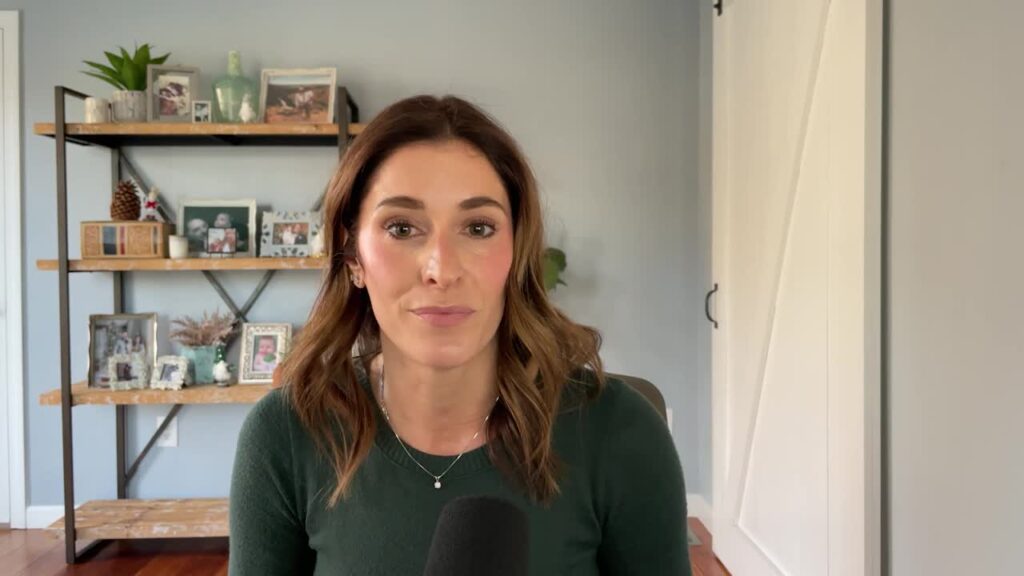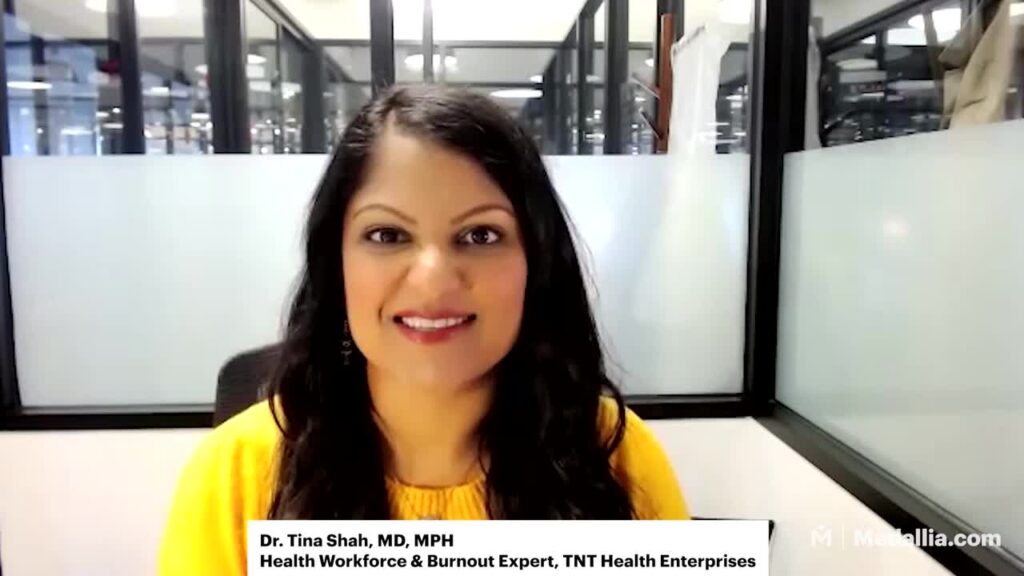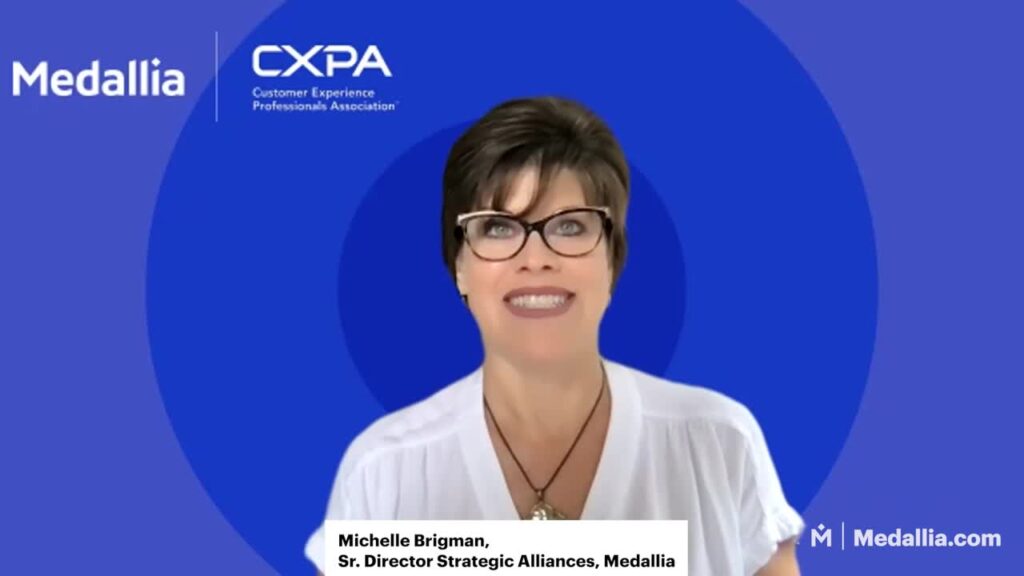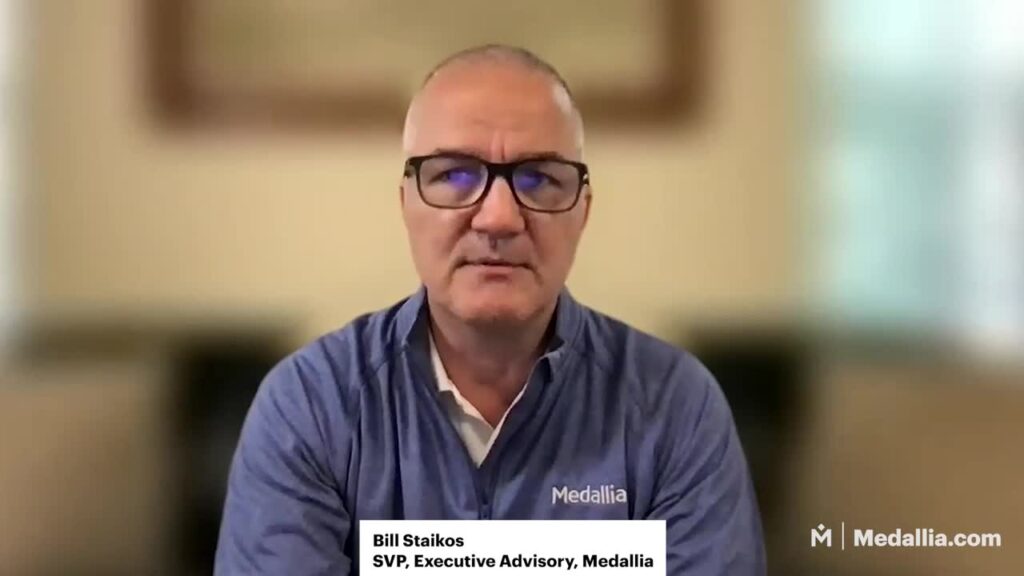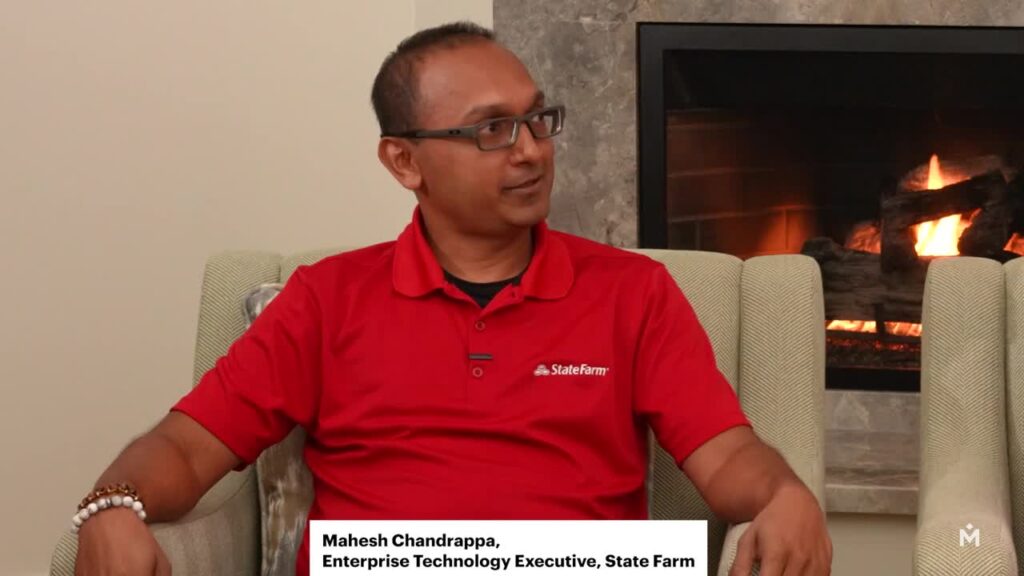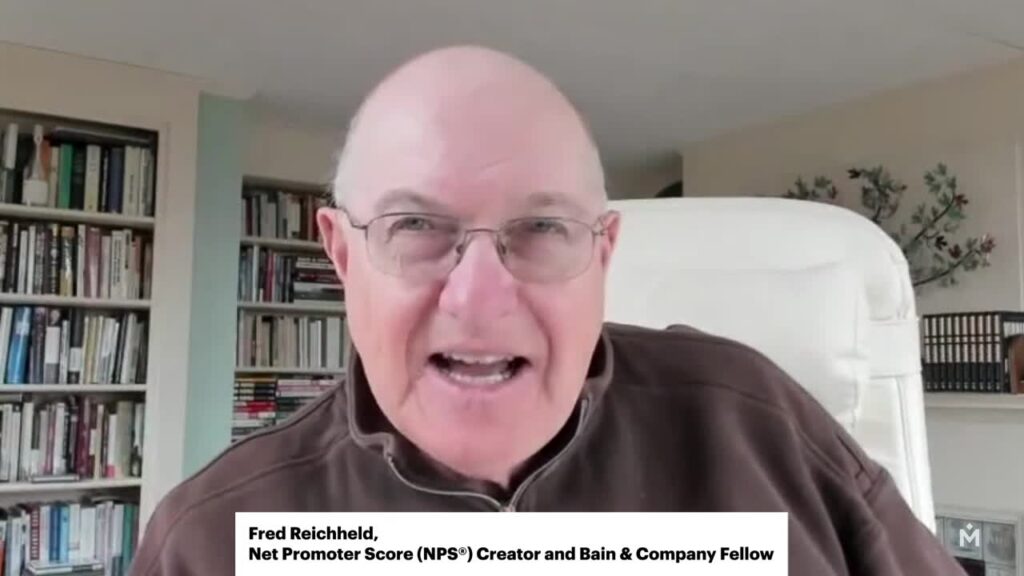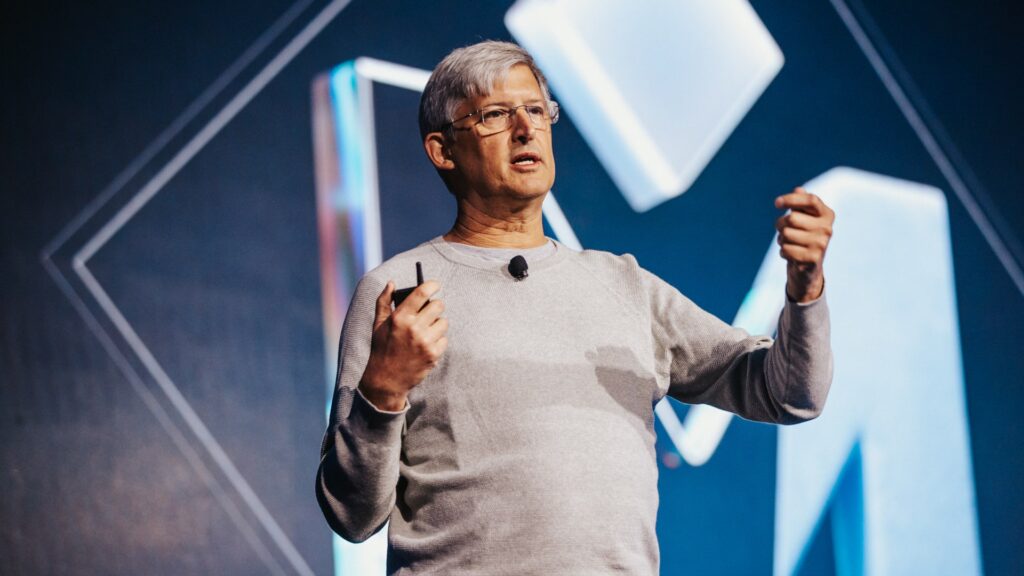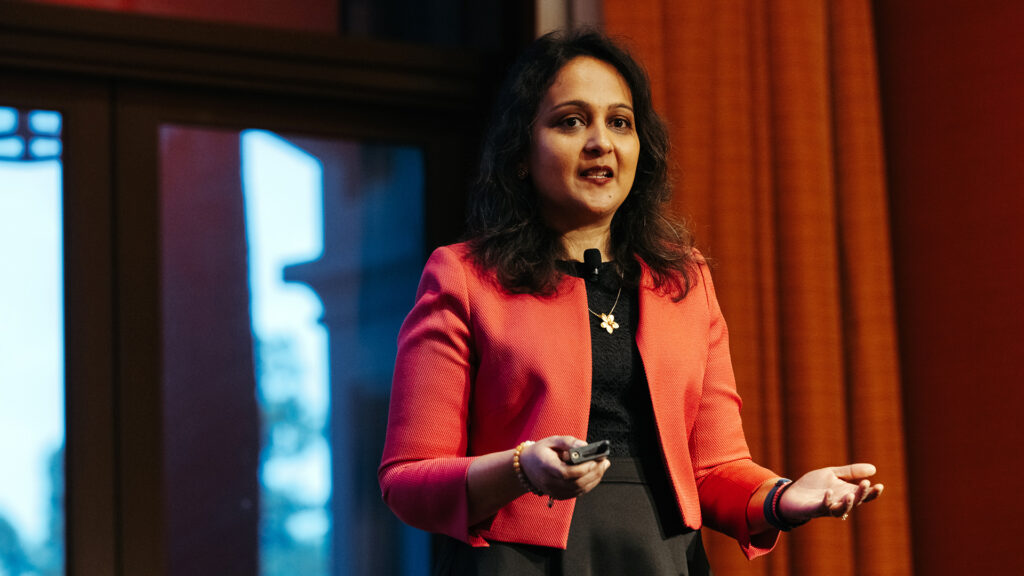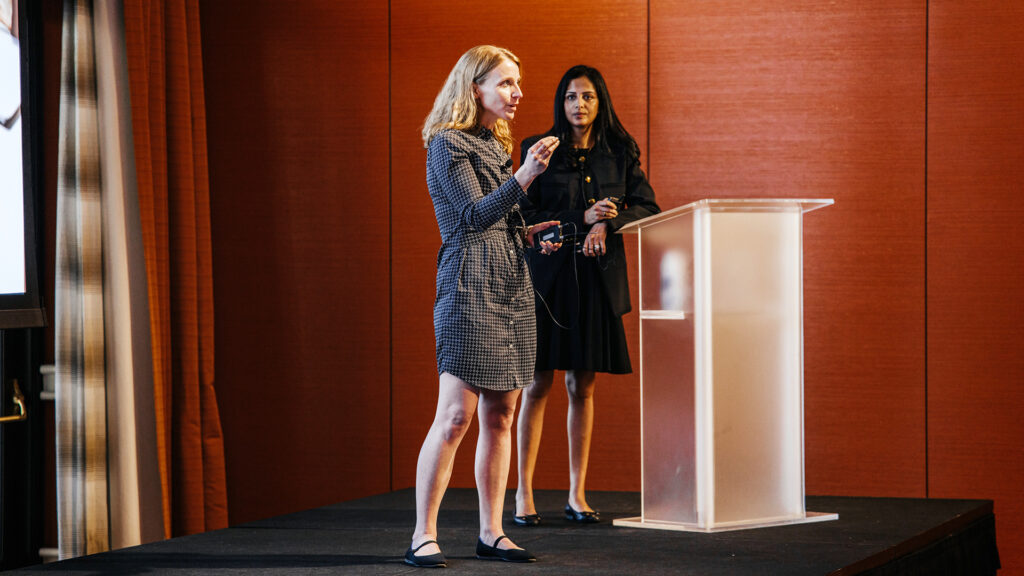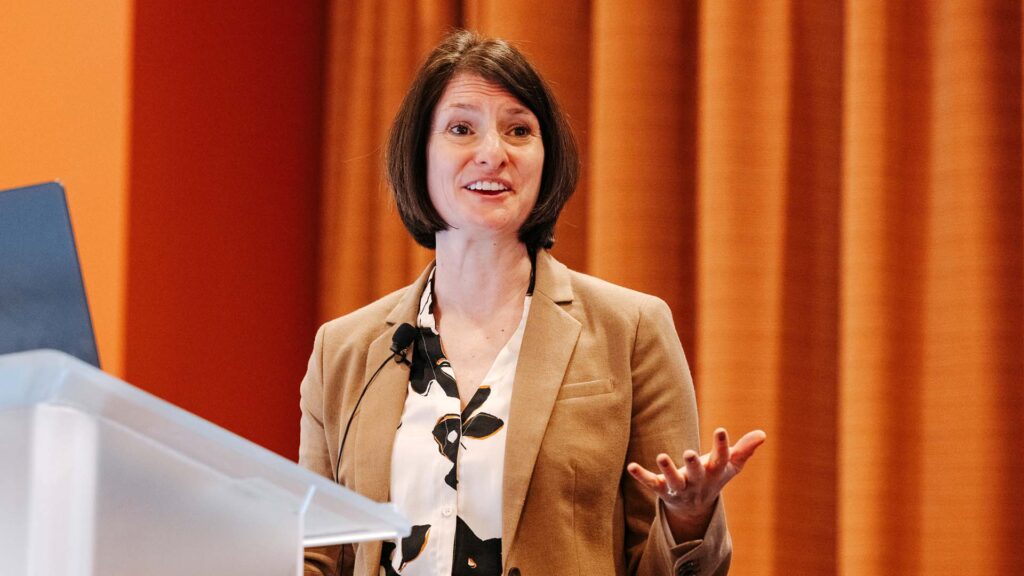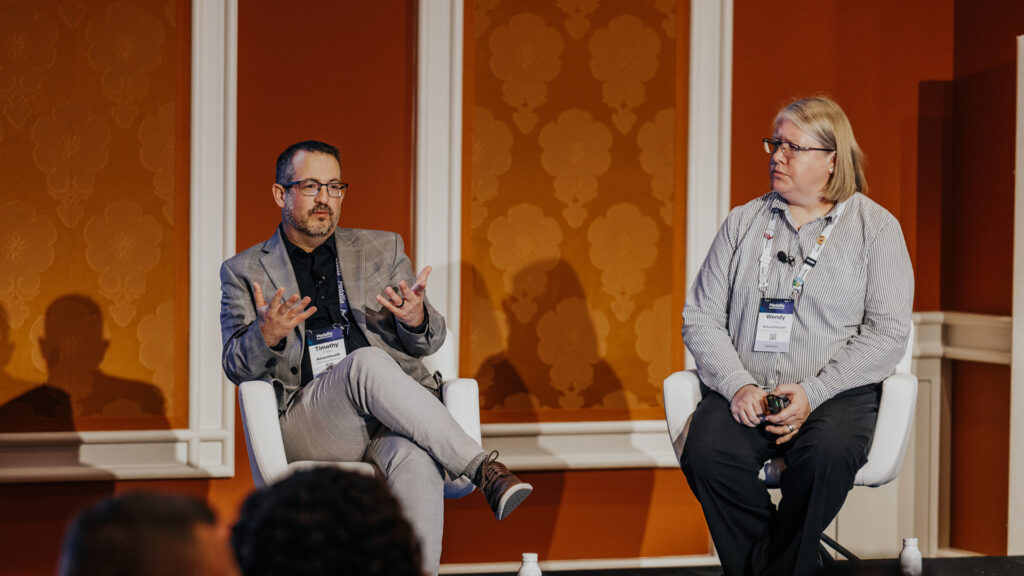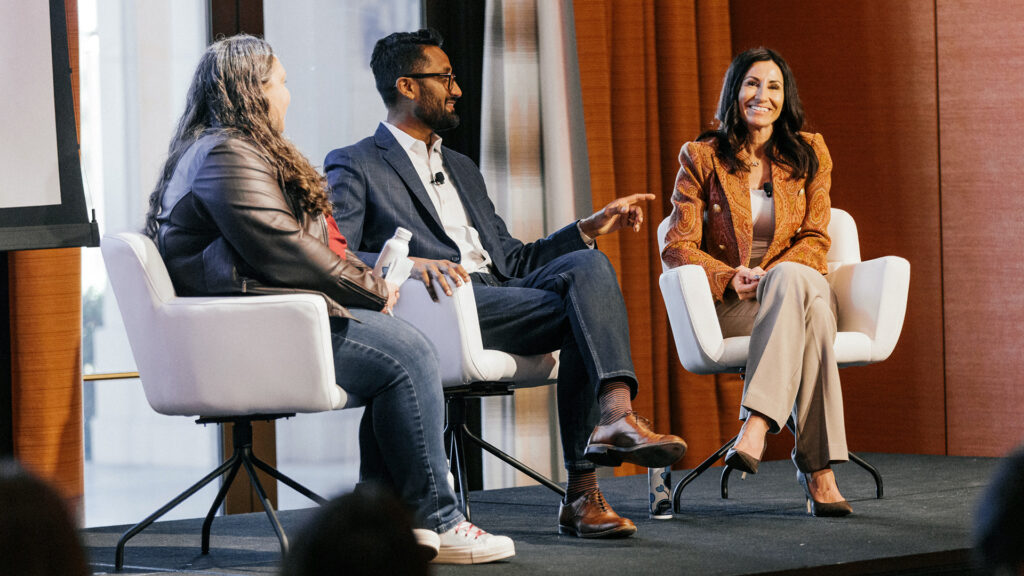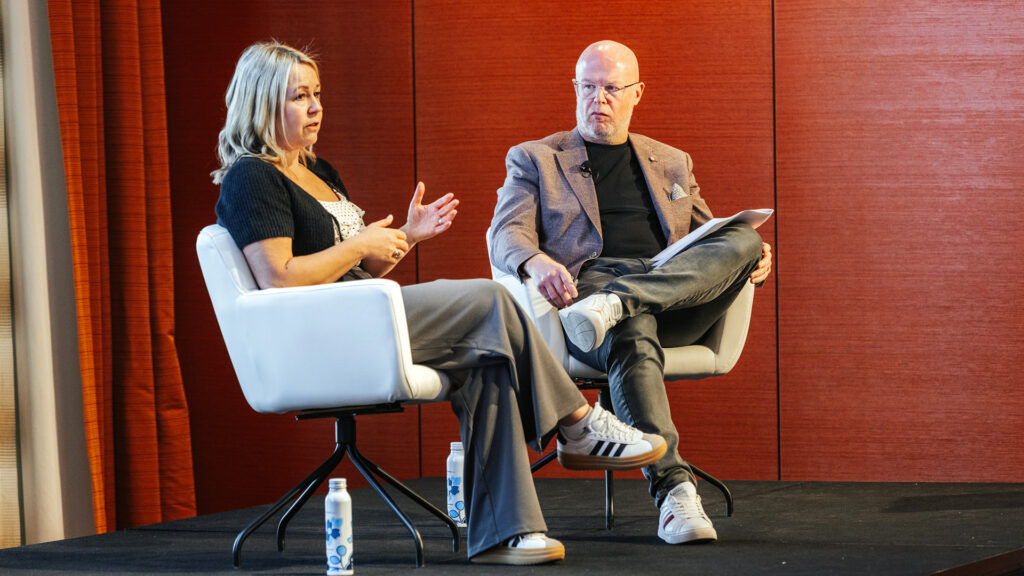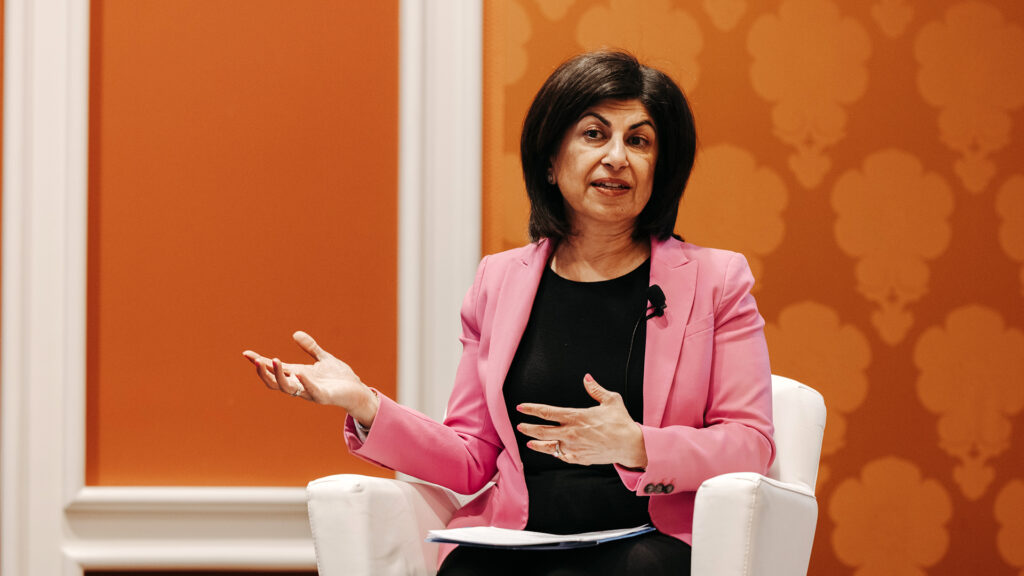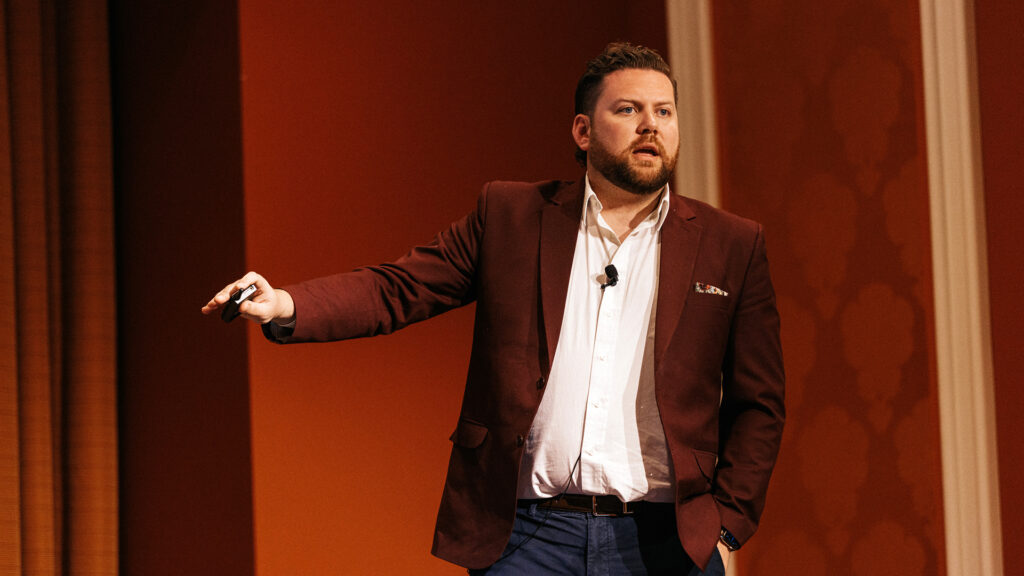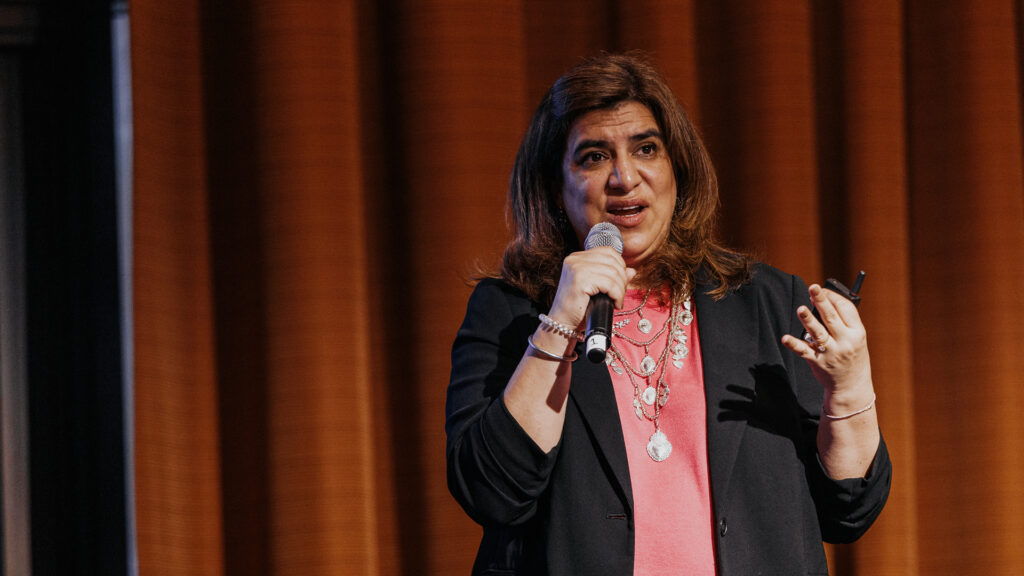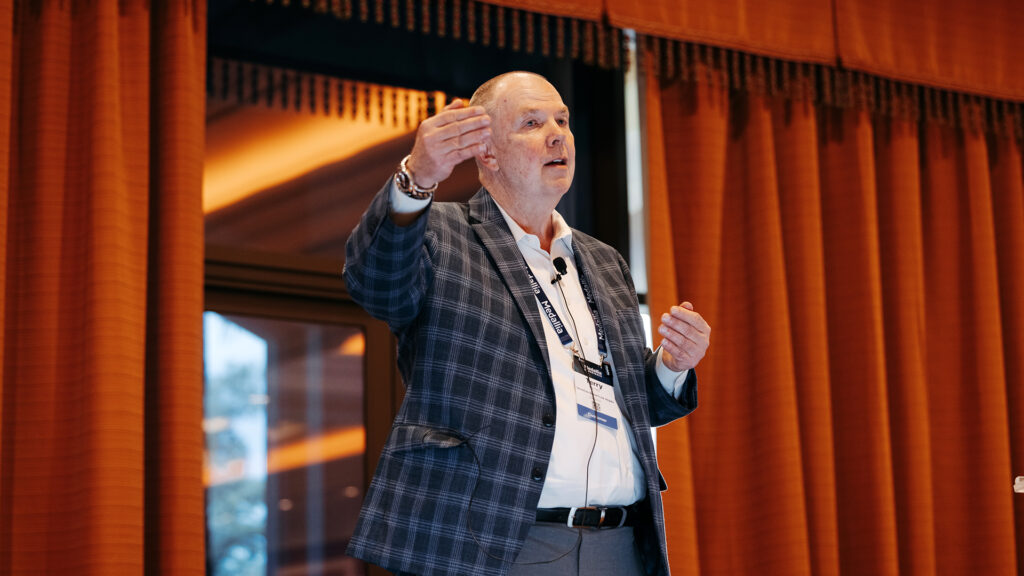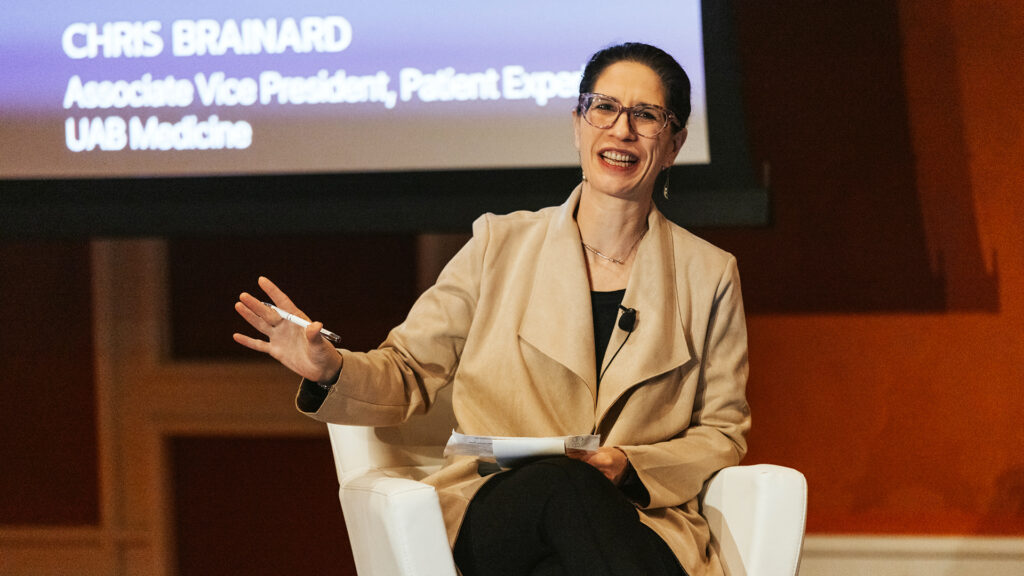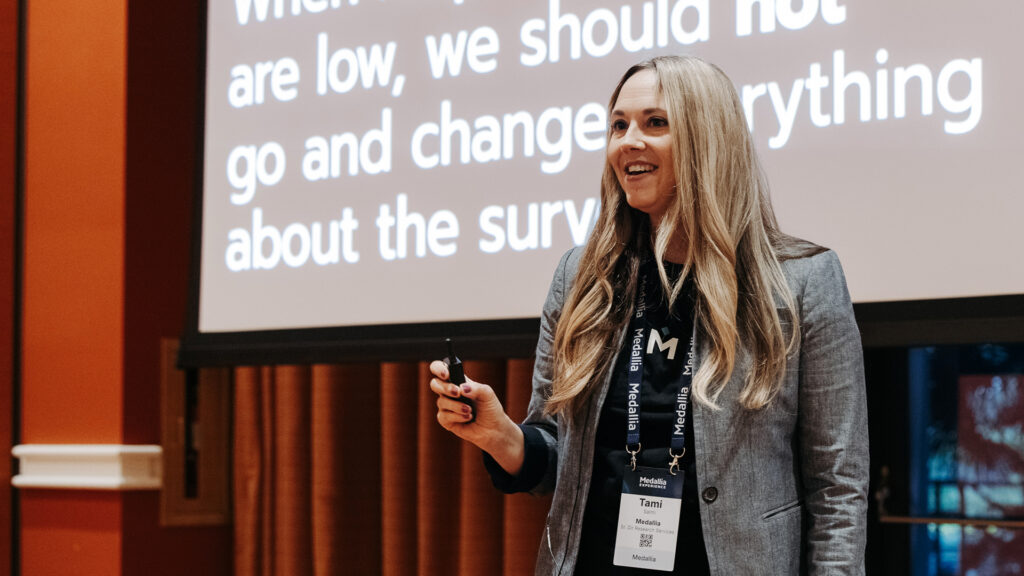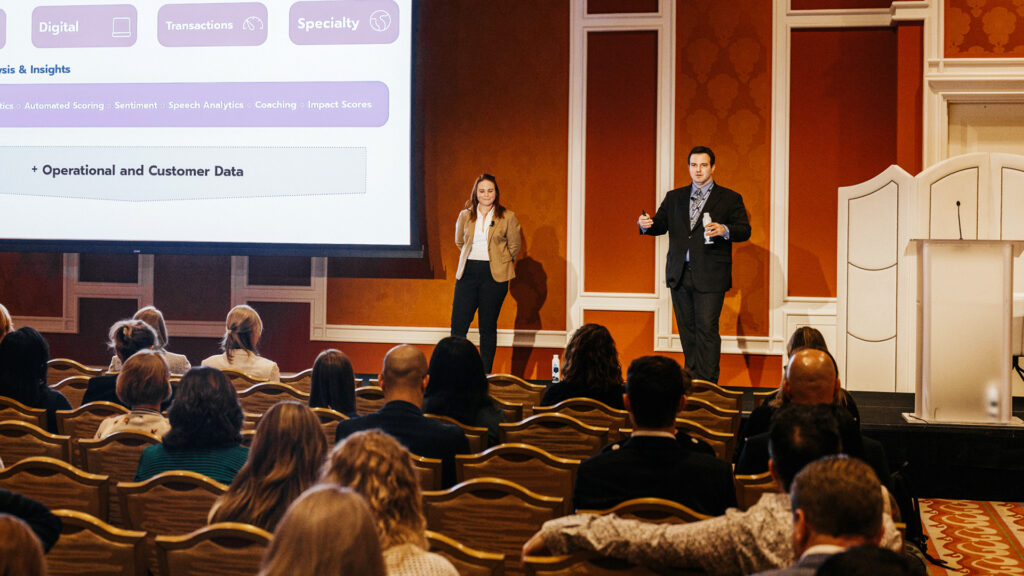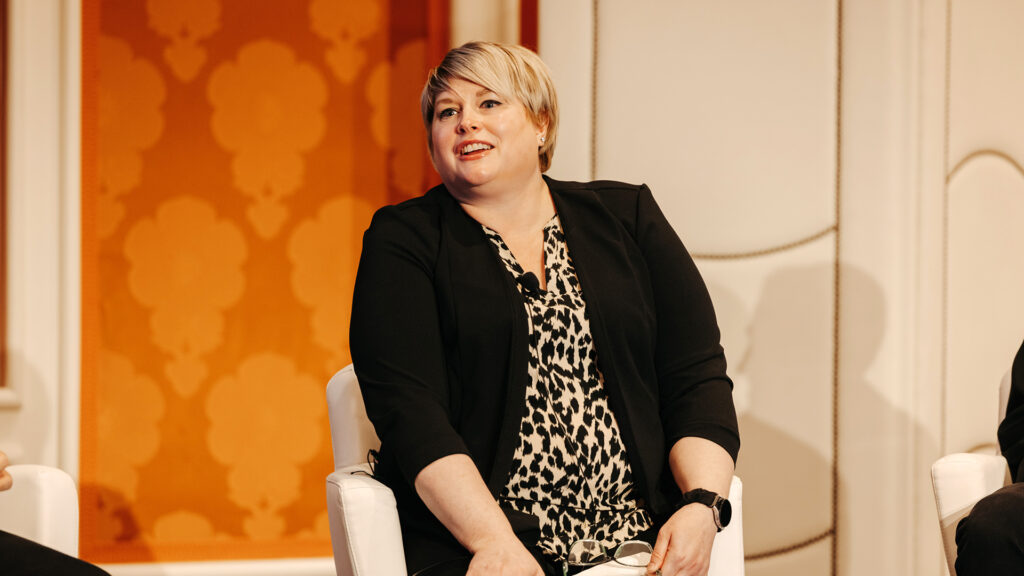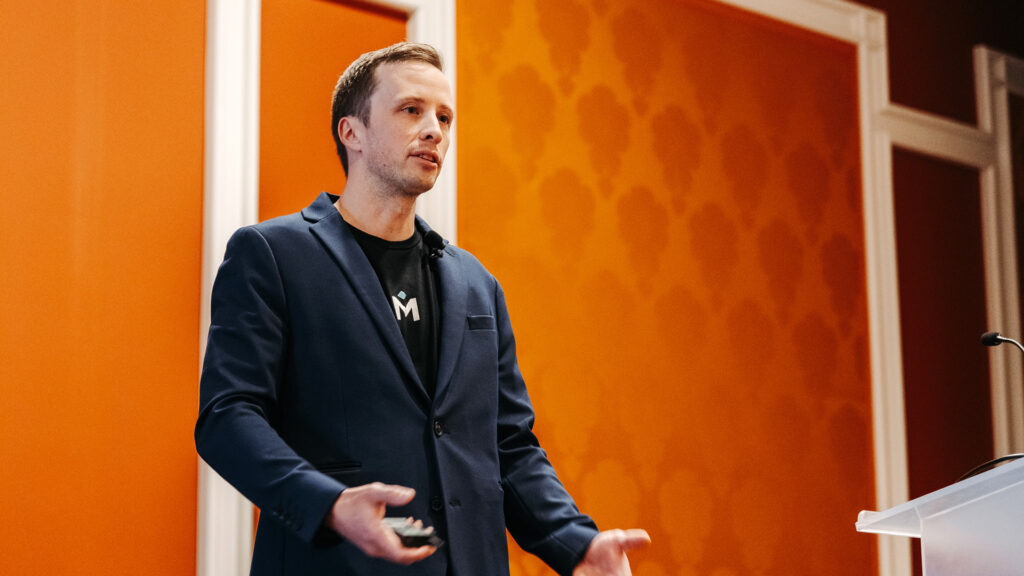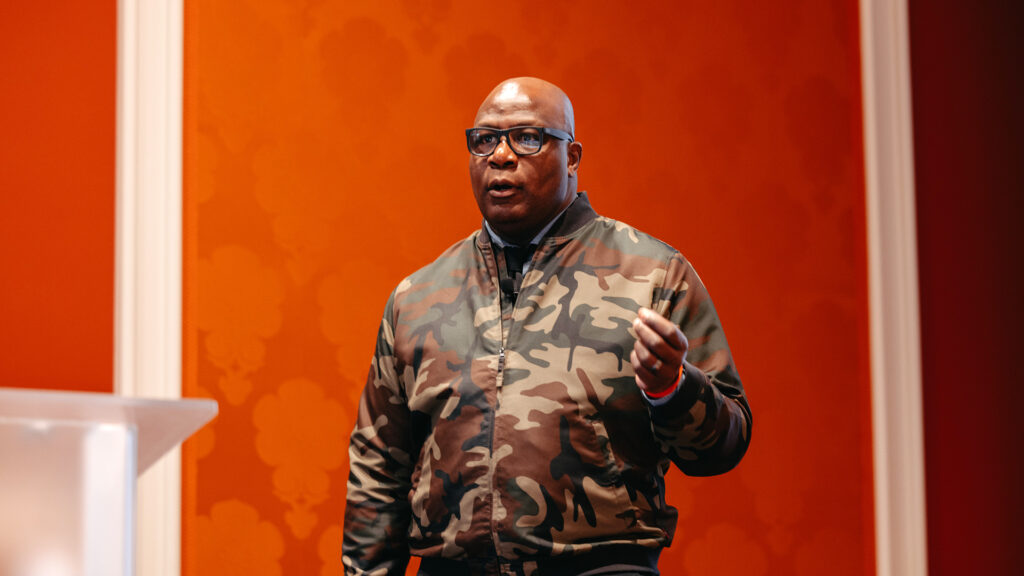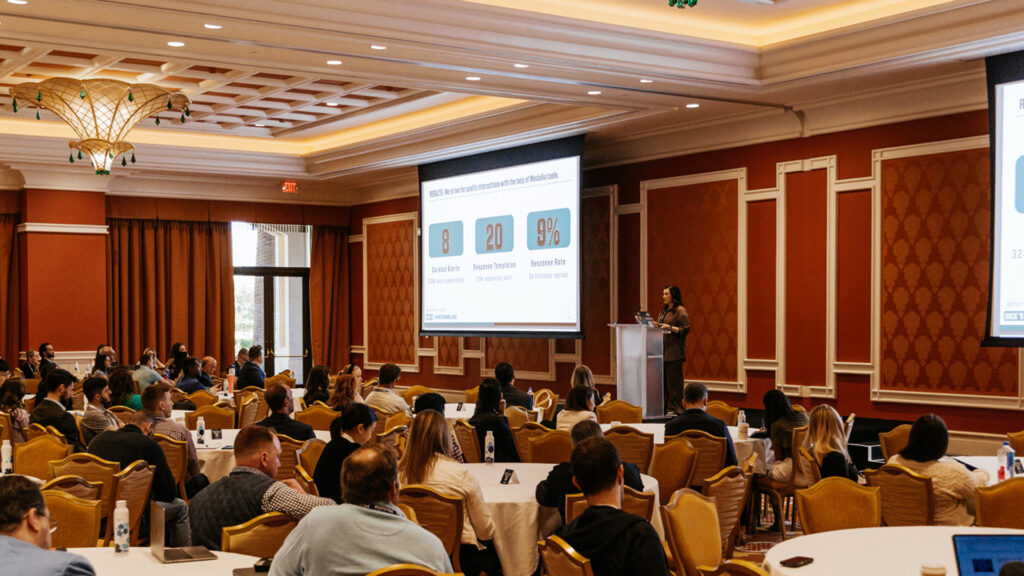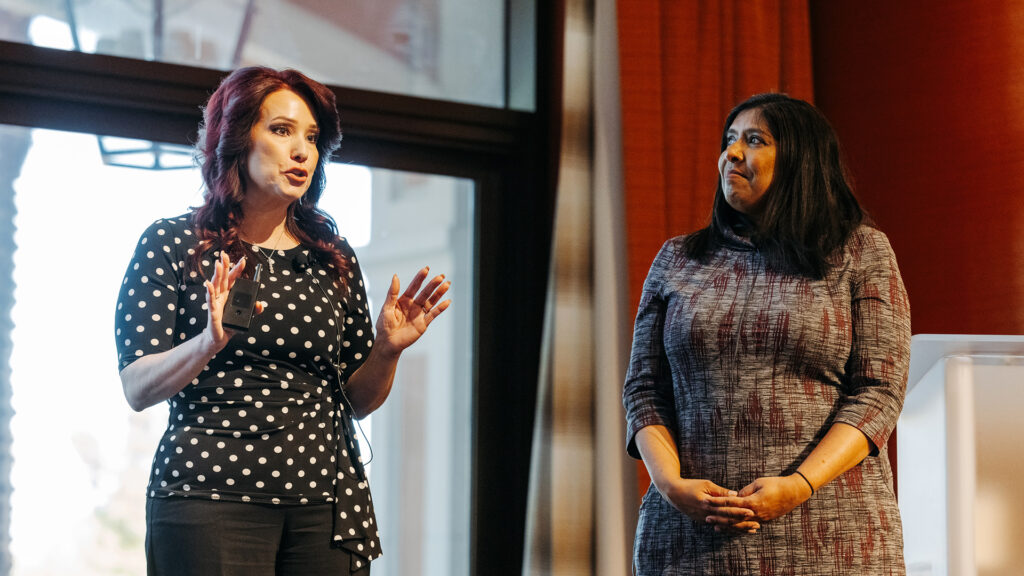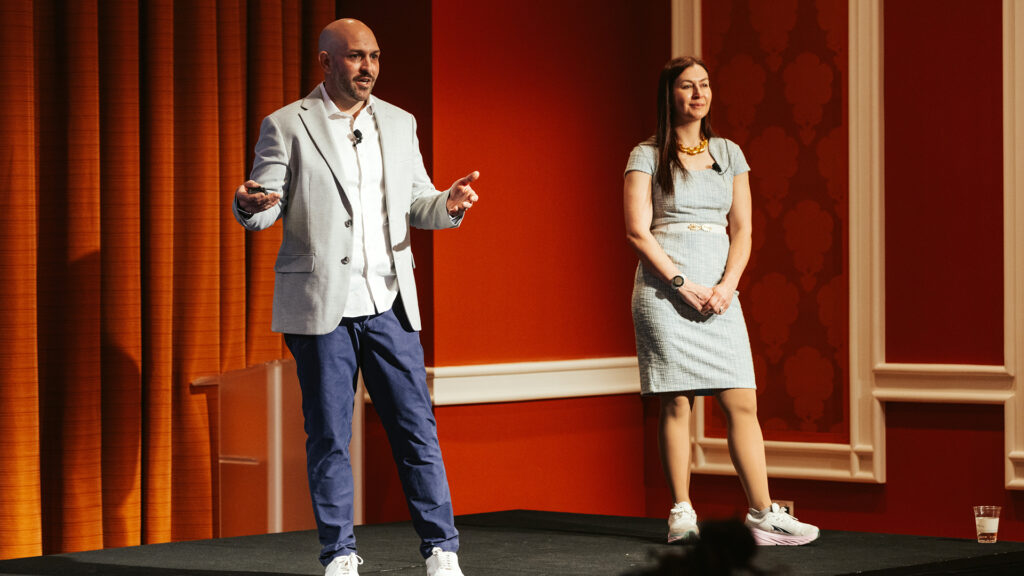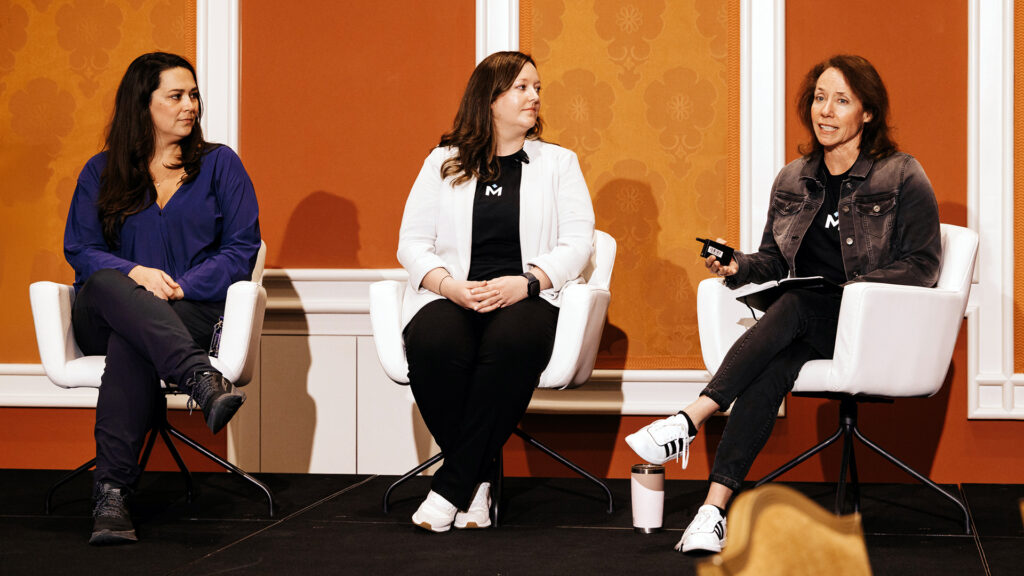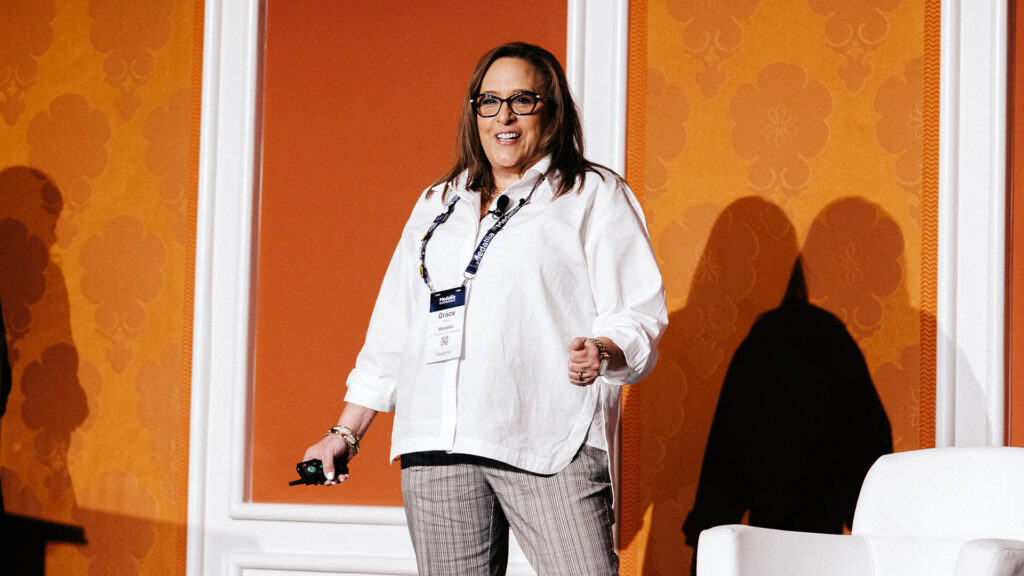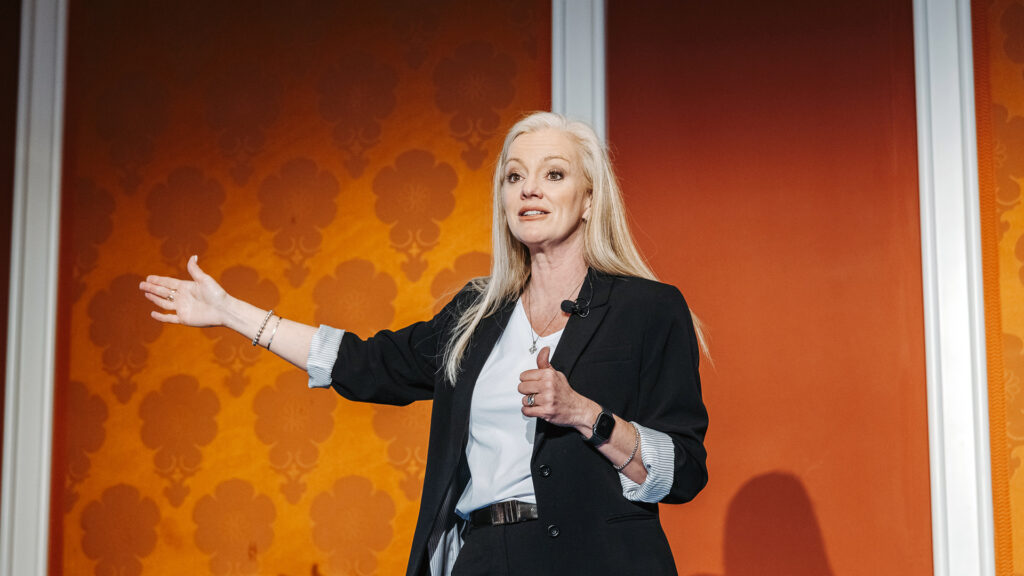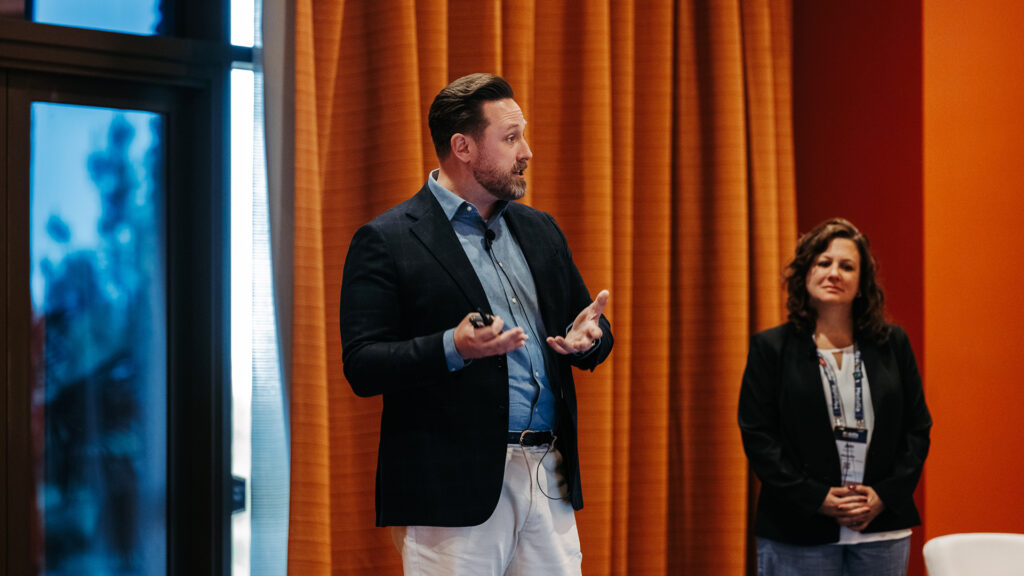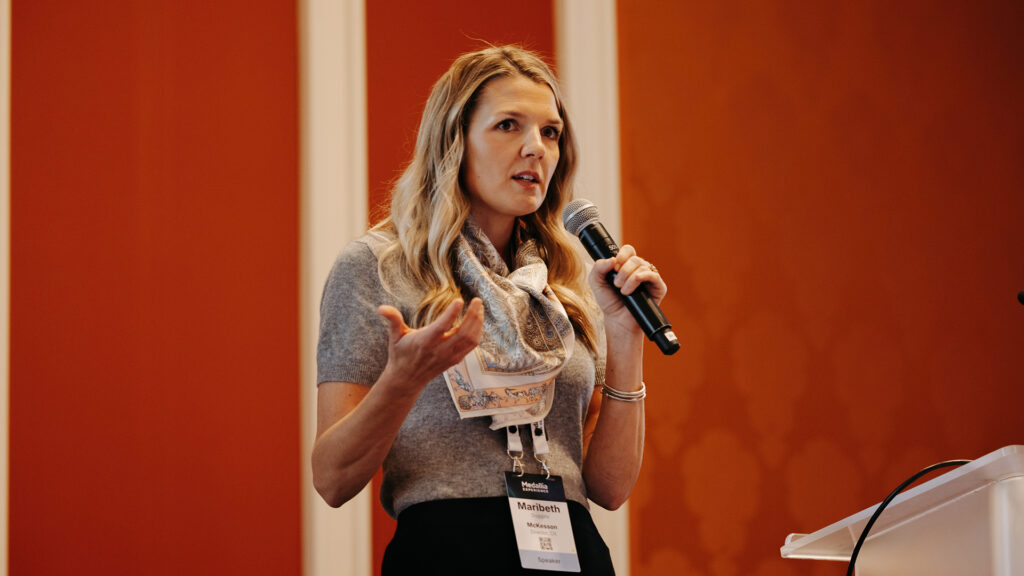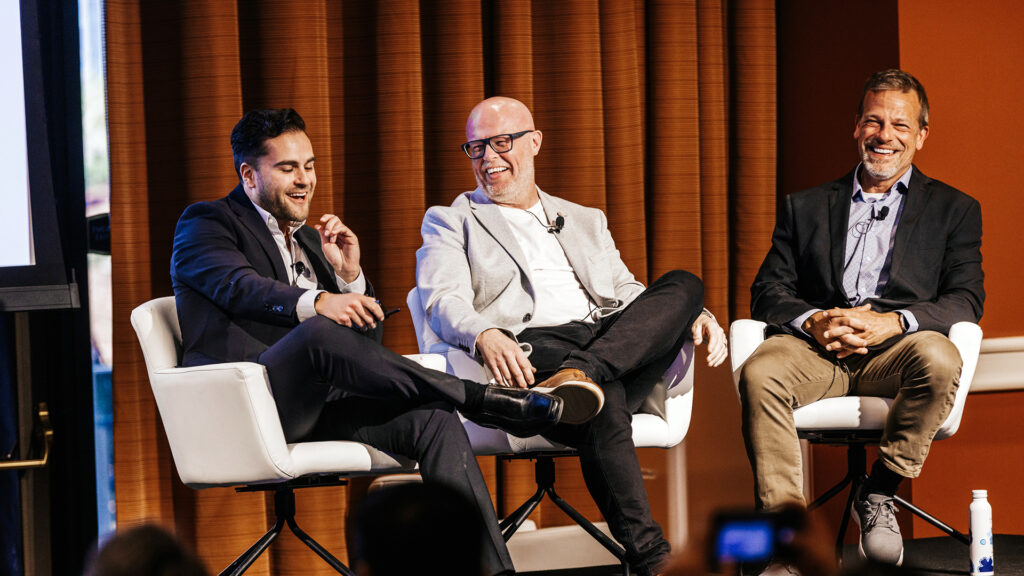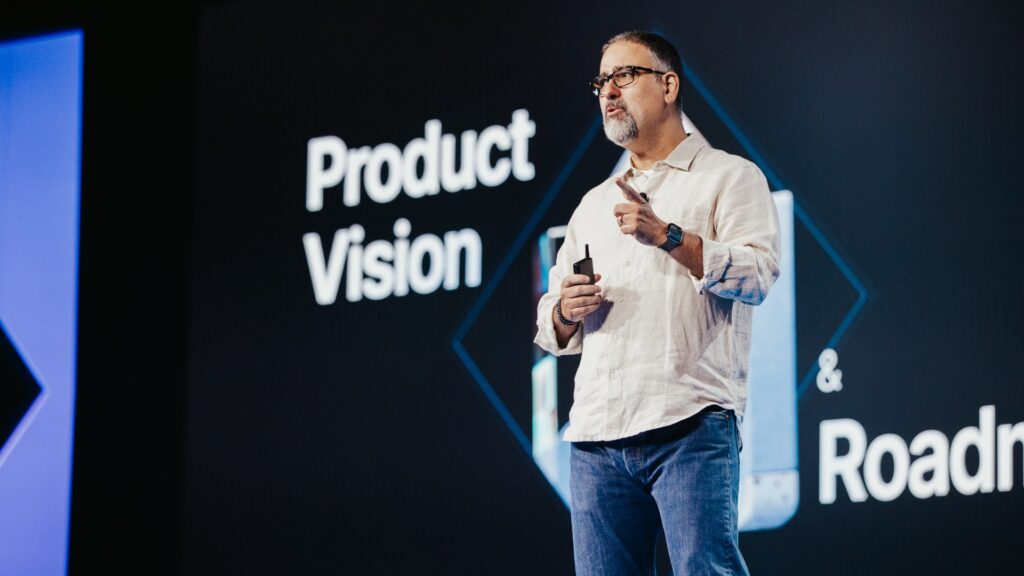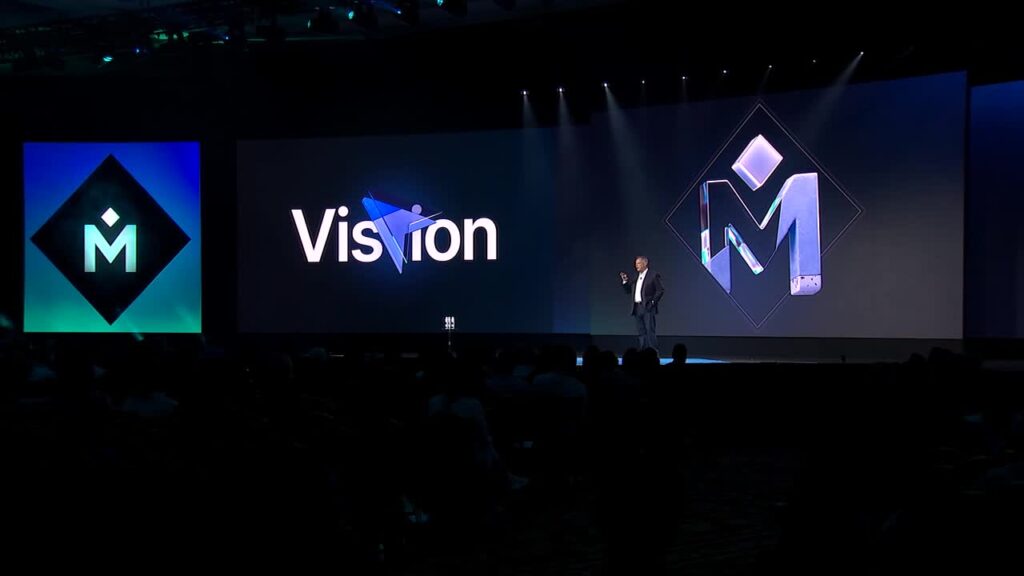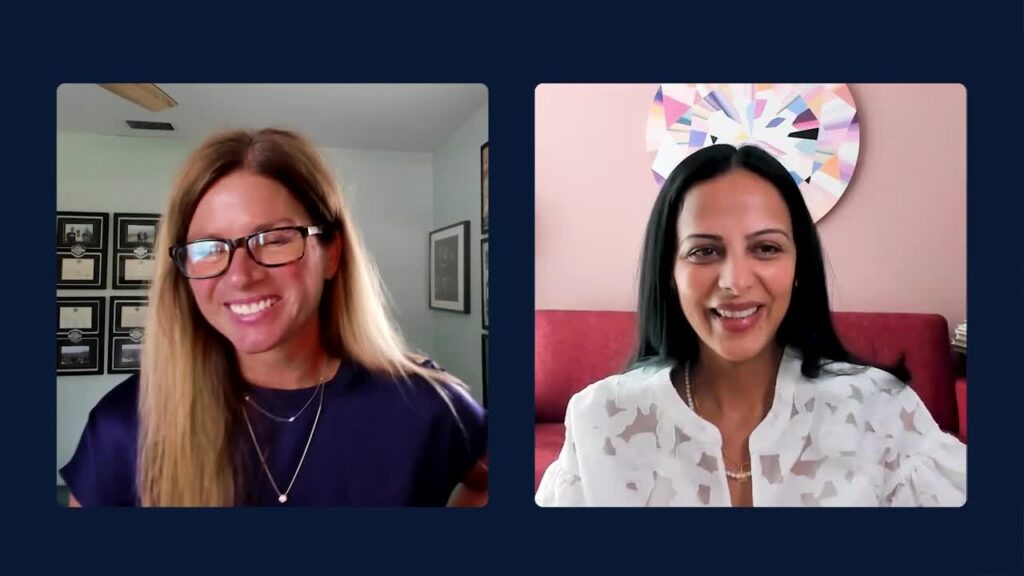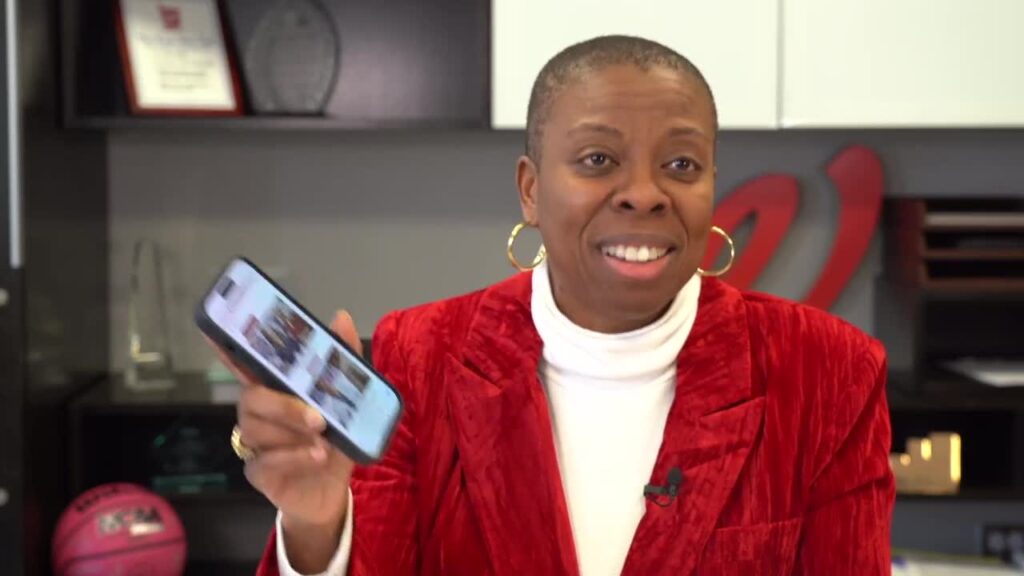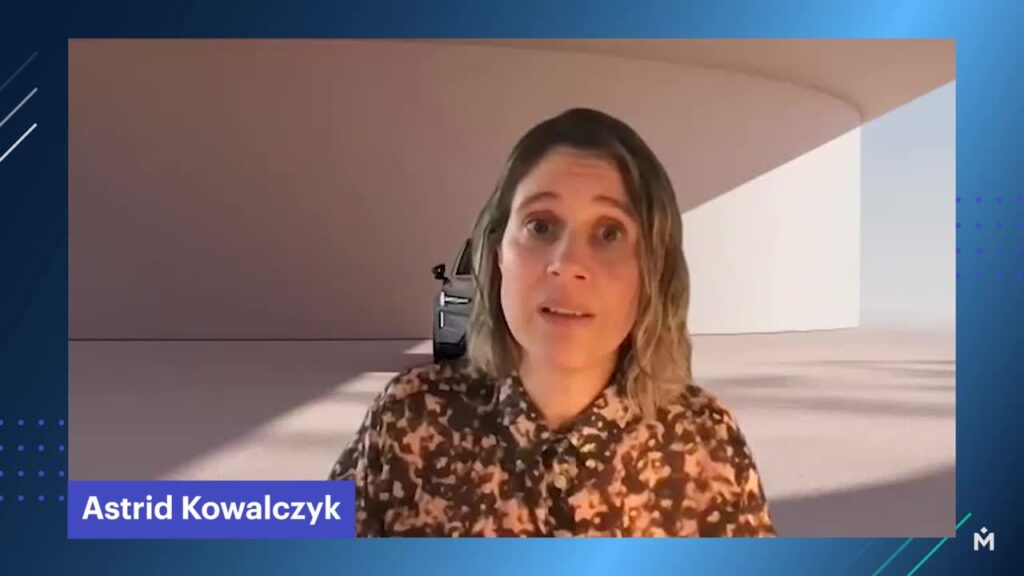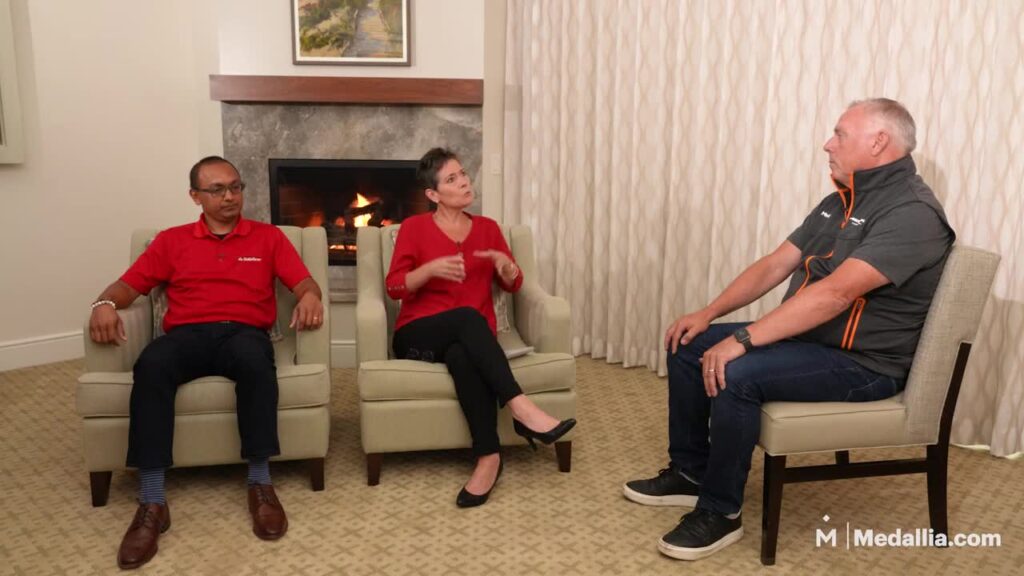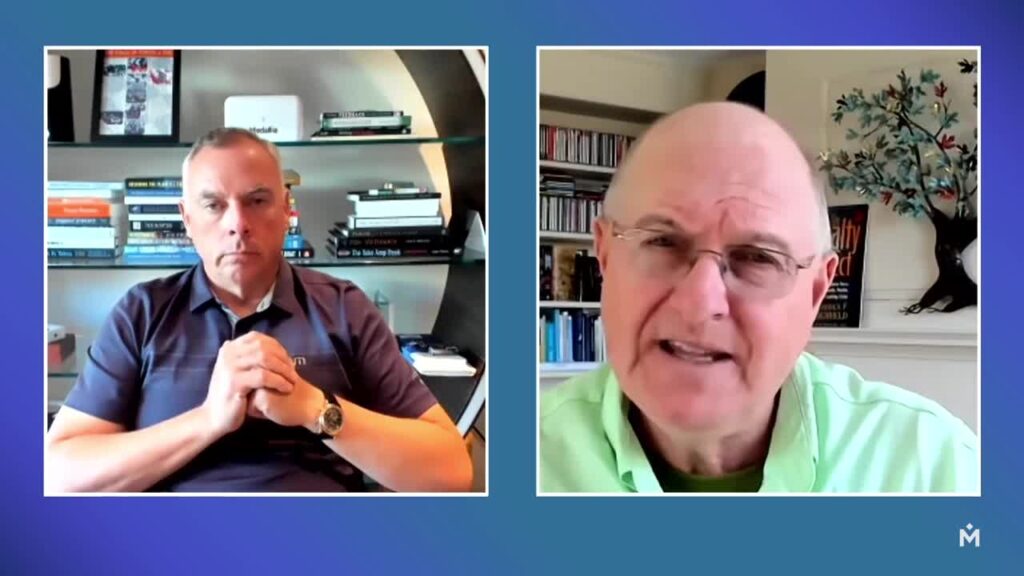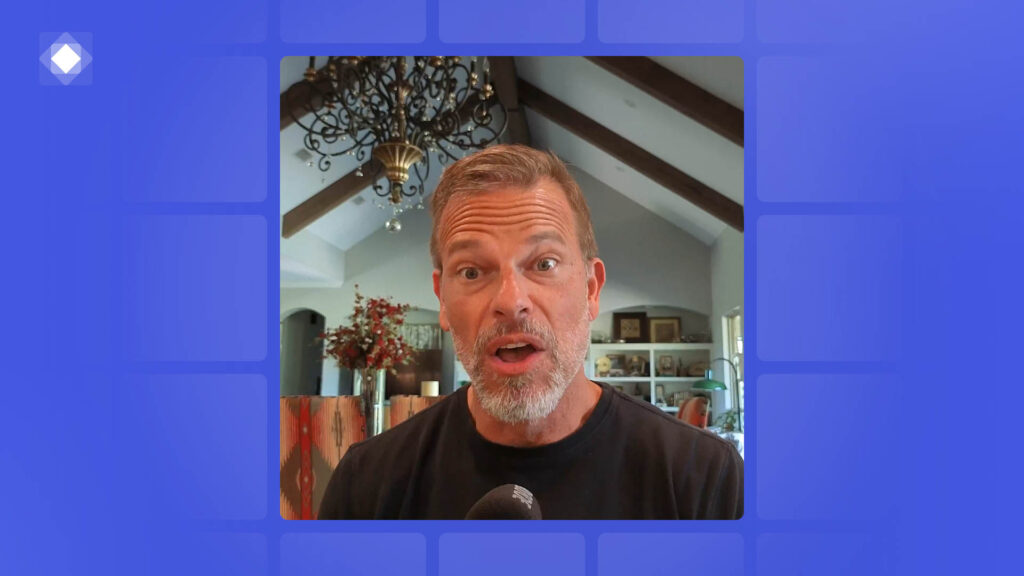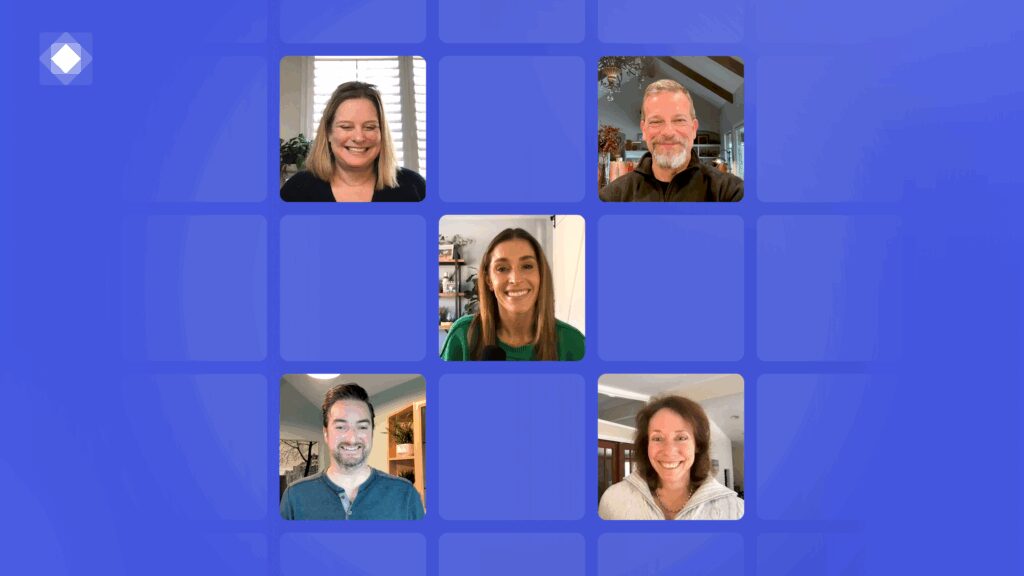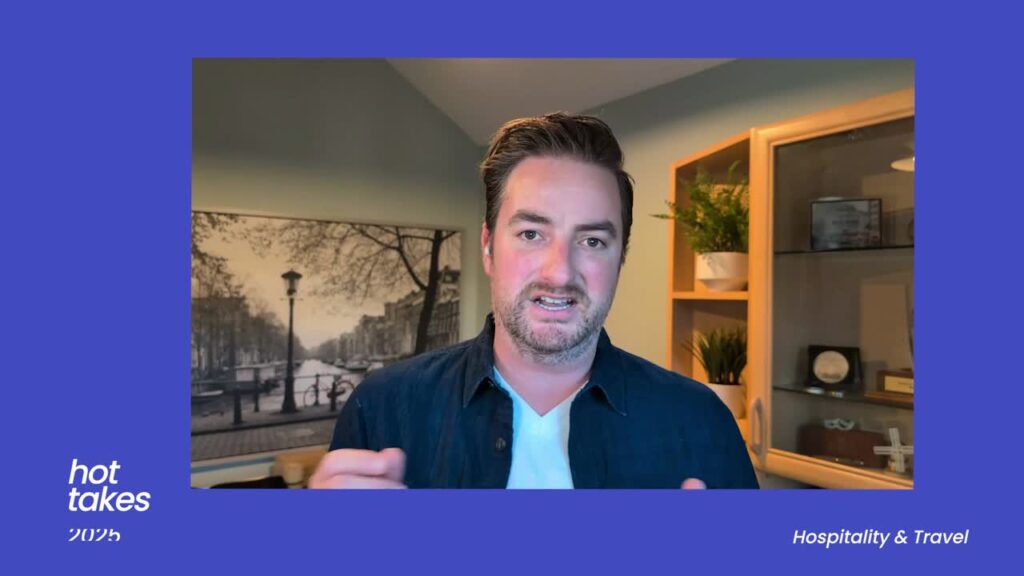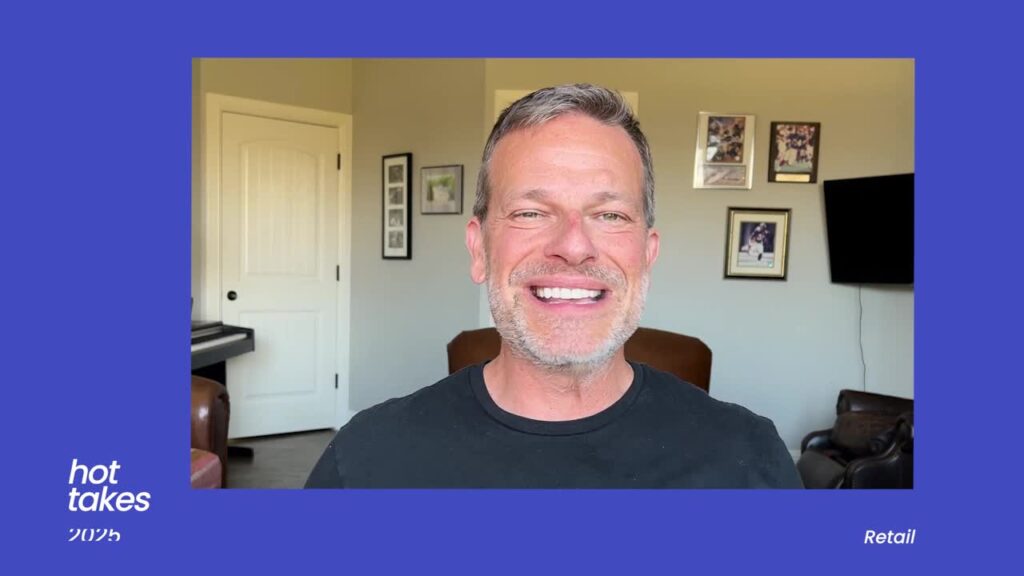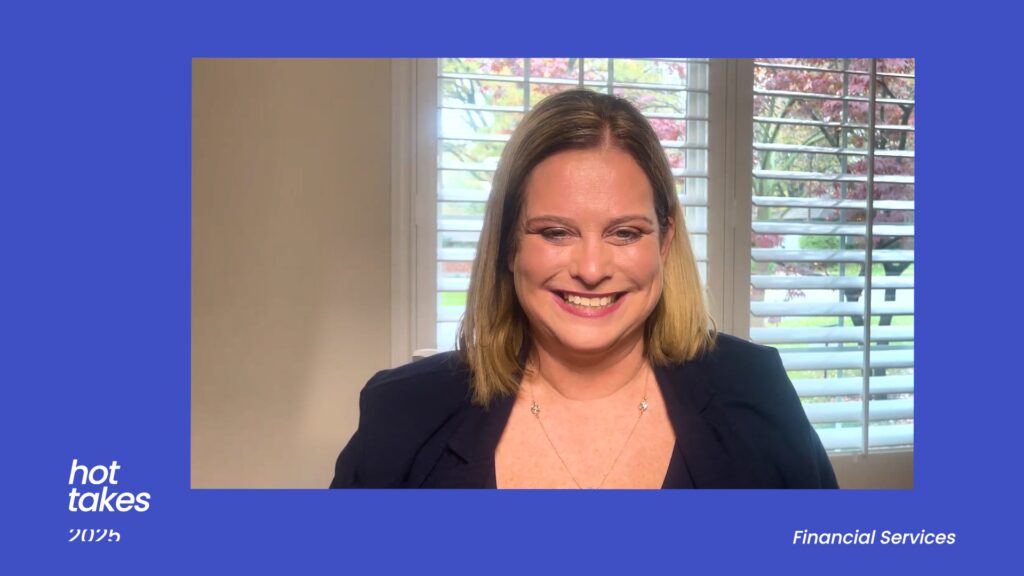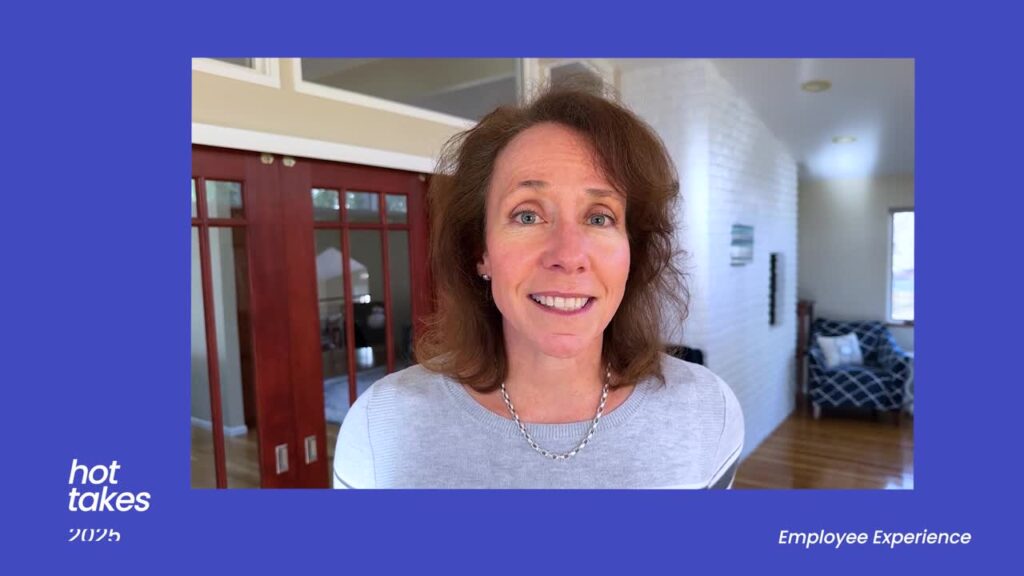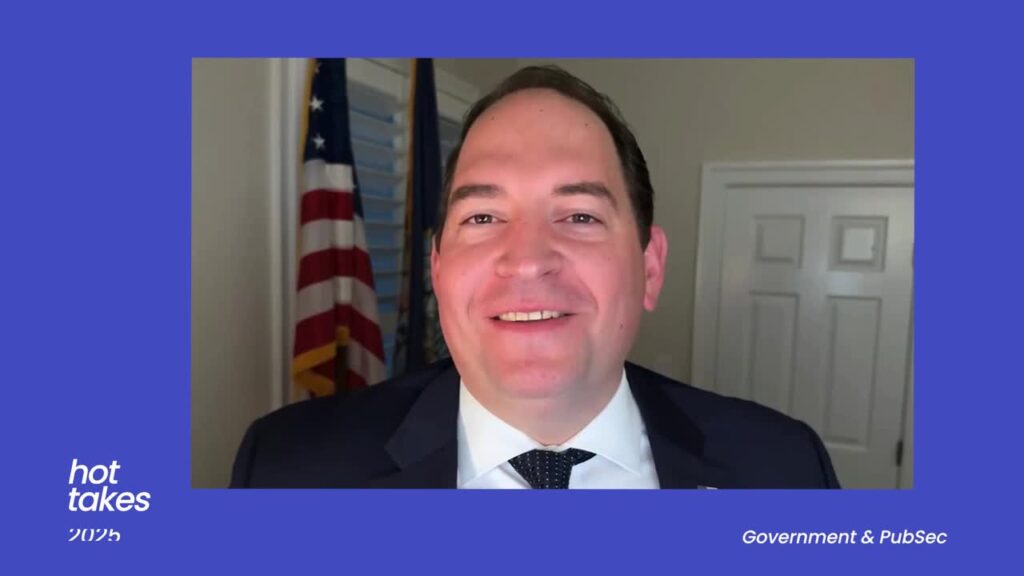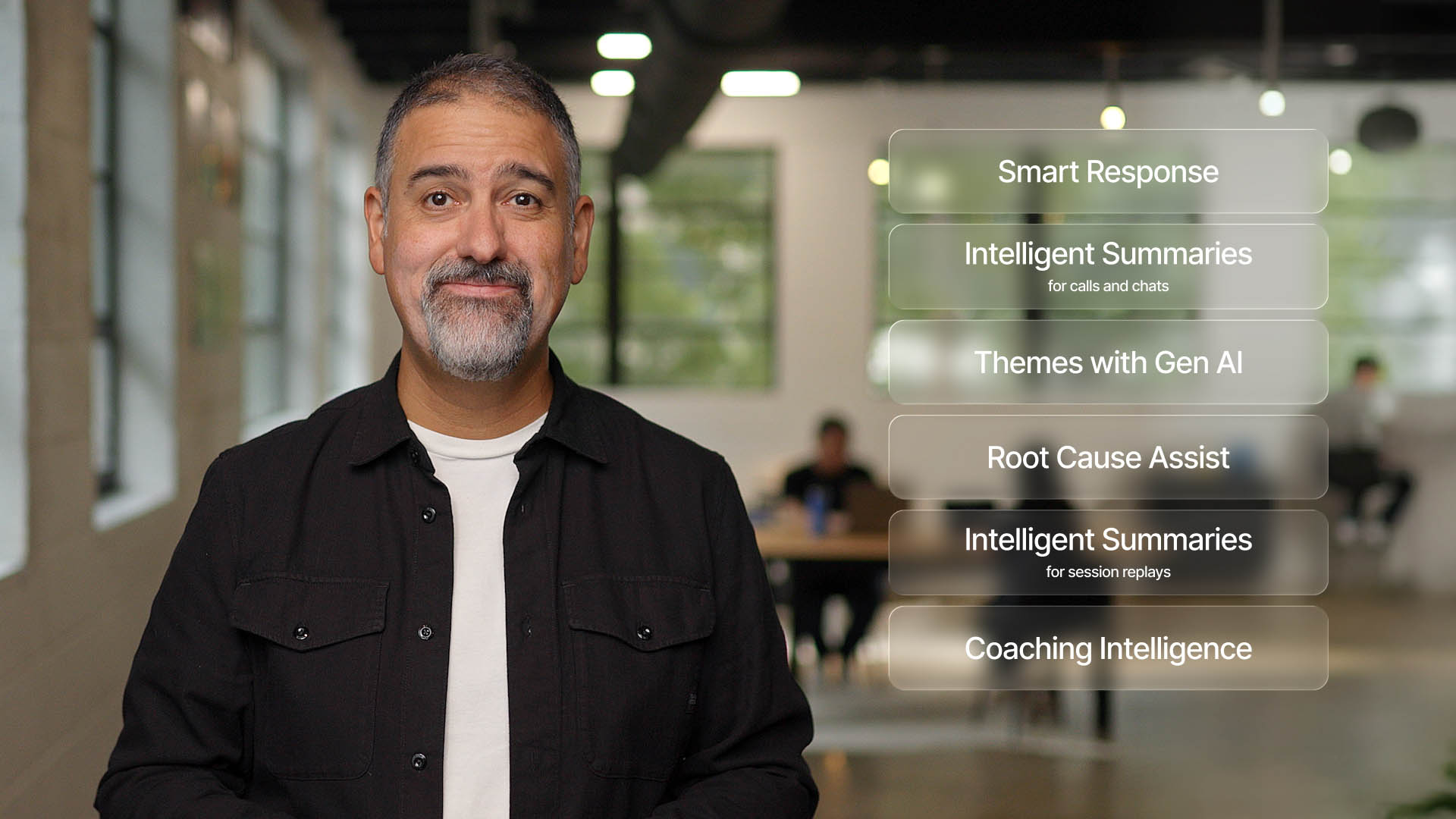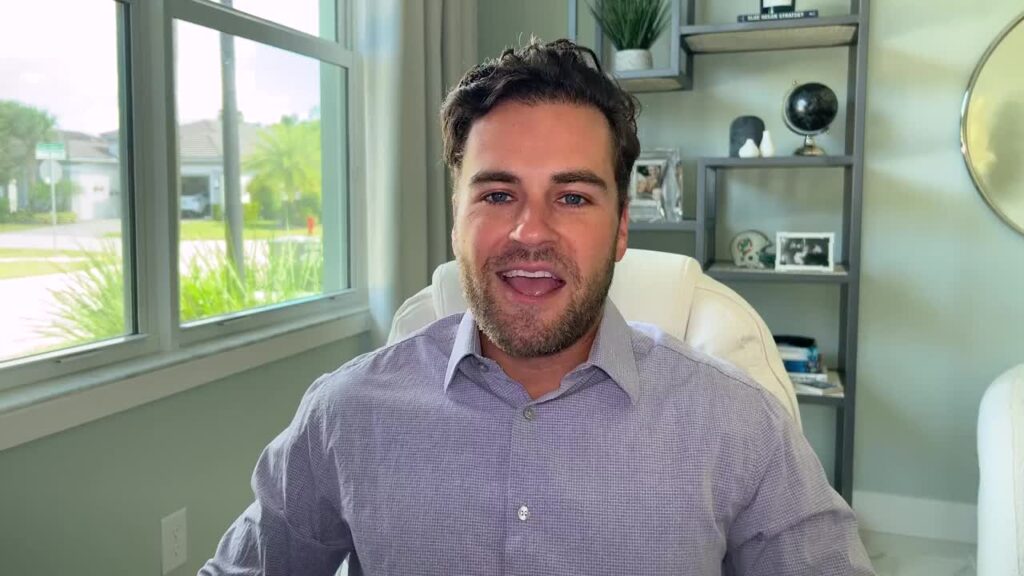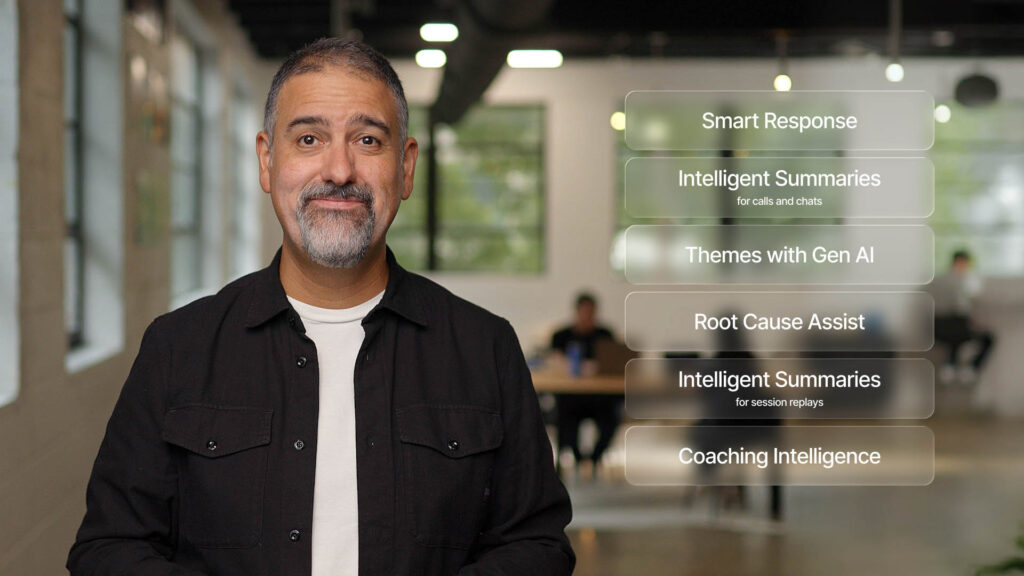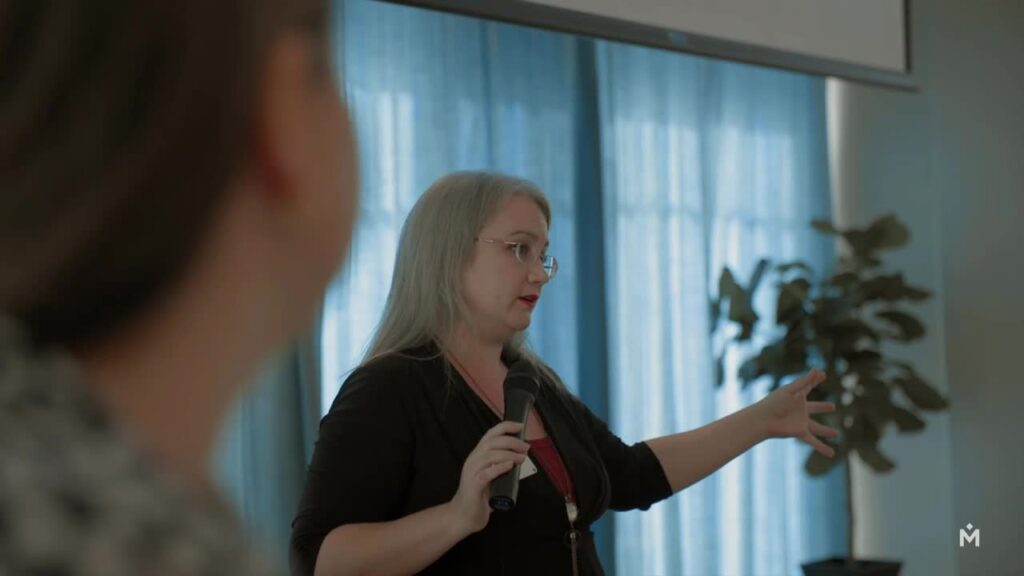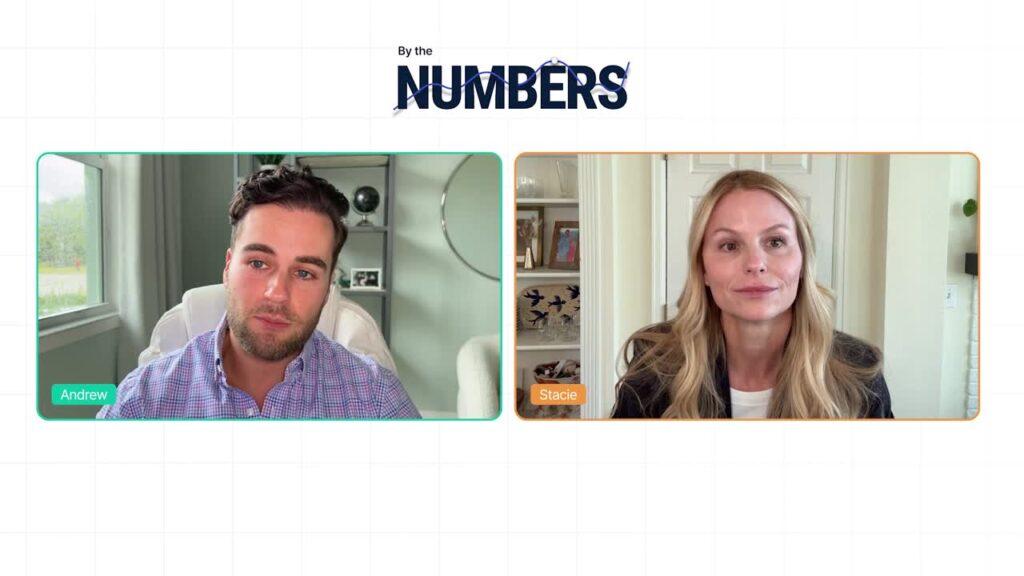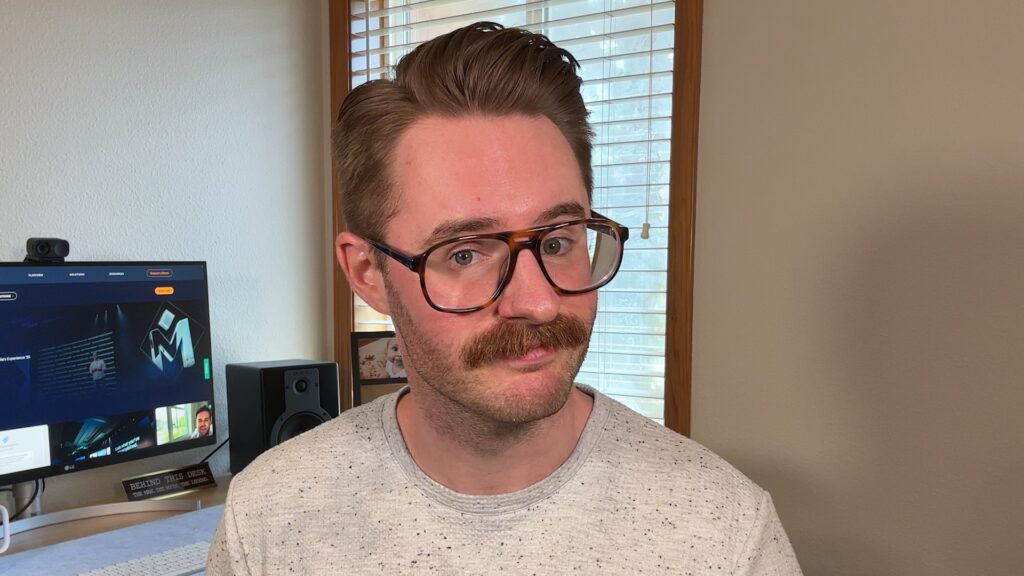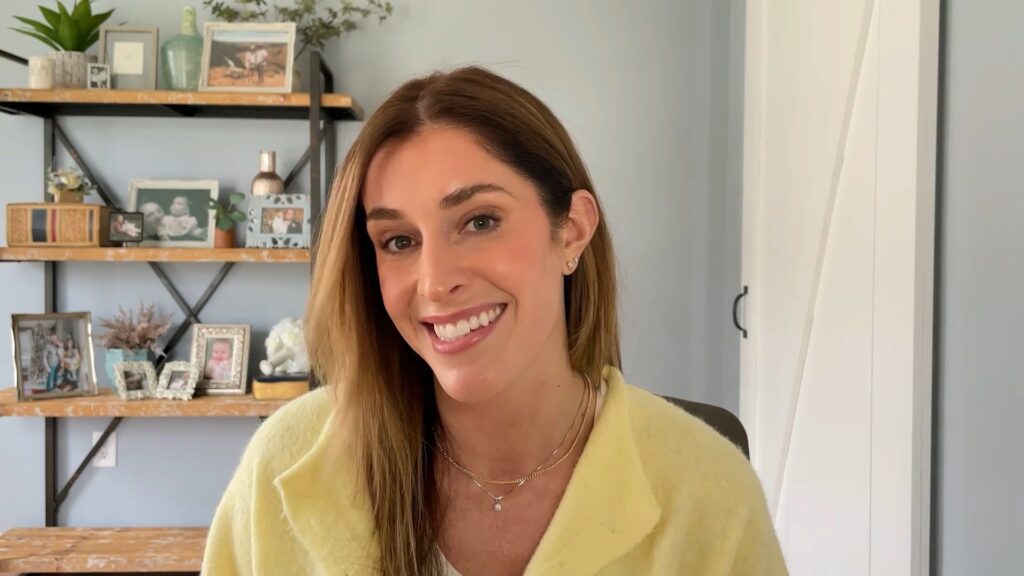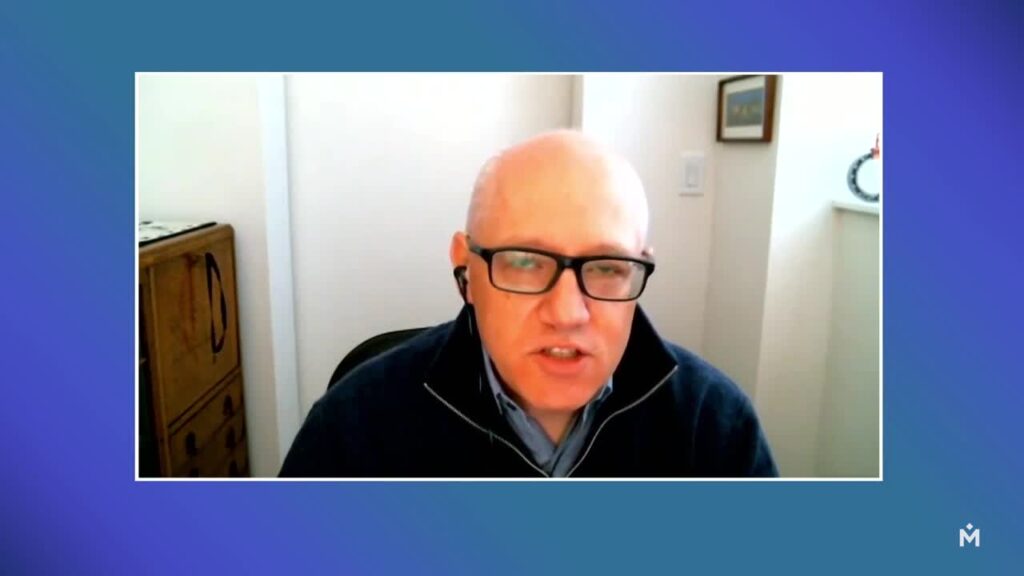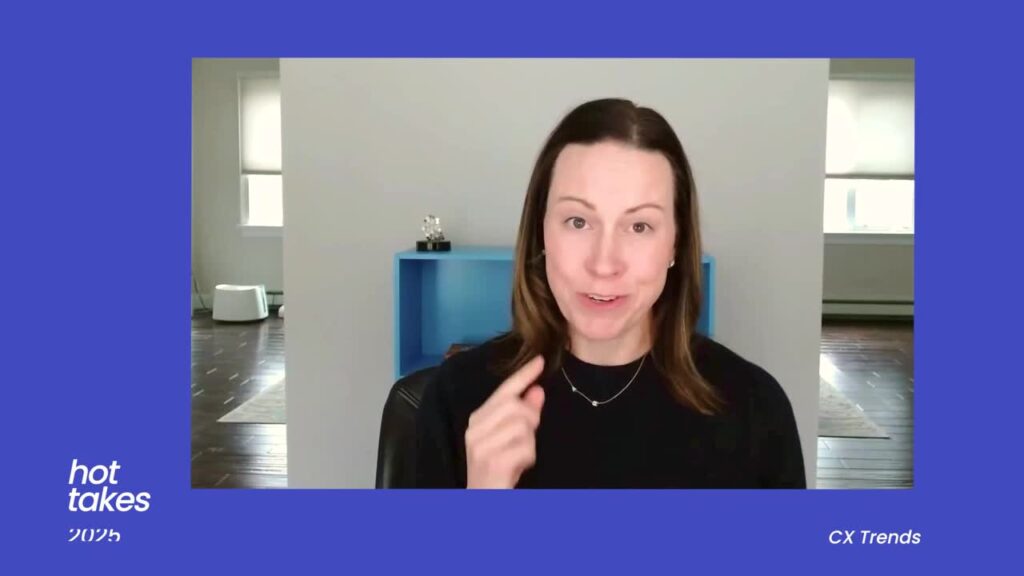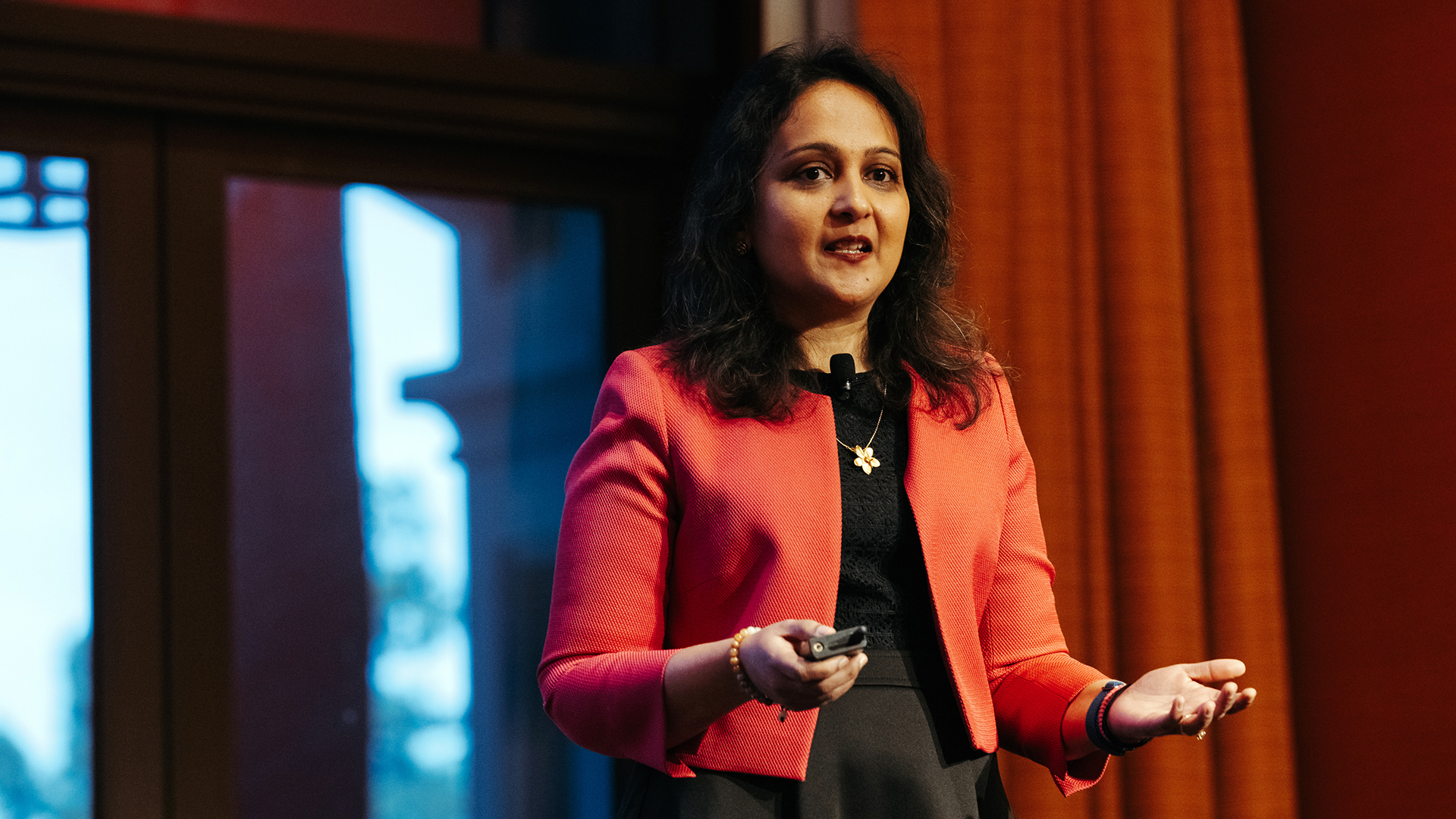Aviv Glick: [00:00:00] First of all, congratulations for making it this far. The last session, the last breakout session of this fantastic experience, the Experience conference. We’re very excited to close it with this. Tremendously important and obviously very popular topic of demonstrating the value, the ROI, the impact.
We’ve all heard it in different kind of ways when executives and leaders are talking about this very critical topic. And they all really mean the same thing. What’s in it for us, right? What’s in it for our business? The reason we are here on this stage is because this topic is very important because we all know that if you want a successful program, we need to get executive sponsorship continuously, always right.
Our program is one of many that our leaders and our executives are going to make the decision about investments and priorities. And after we have their buyin. We need to, there are continuous efforts to push the organization to adopt new culture, new practices, new technology new ways of doing business with our customers.
So [00:01:00] continuous executive sponsorship is a non-negotiable. But the problem is as intuitive, the value of great experiences seem to us and to many leaders, we’ve all experienced how difficult it can be to demonstrate. The business impact, right? And if you are in this room where you’re not alone, many c CX leaders struggle with this.
It can feel overwhelming. You might feel like you need multiple data sources that you don’t know what questions to ask, where to start and just the collaboration that you need to collect from all the different parts of the organization to show the value of impact impacting the customer and the employee experience.
So today. You’ll see a framework that attempts to make sense of that process to break it down into practical steps with some examples. And we believe with our experience that with a proactive approach and relentless curiosity, we can build a value story that would get the buying of executives rally the organizations and the employees around engaging with it [00:02:00] and building a customer centric culture.
So with that, Roshni and I are excited to share with you what we’ve learned. About this topic over our cumulative 13 years here at Medallia. So number one you’ll hear five key ways to demonstrate the value of these programs. We’re gonna show you the recipe of successfully articulating it with four ingredients or the building blocks of storytelling.
Roshni was gonna walk us through a very thorough, real life story that puts it all together. And then we’ll end with five actions we can take today to overcome some of those most common obstacles that we see teams facing today. Alright, let’s start with the number one phrase that I hear from six Leaders, which is, Hey, Aviv, need, we need your help.
We need to show value to our leadership. I’ll say always. Yeah, sure. Let’s start one question first. What does value really mean to you? Now, it seems like a trivial question, but in my experience, this is the one that is overlooked the most [00:03:00] and if not answered early on, can set many programs under org path or if you have a program that’s really set the success, if it’s not asked frequently, can really go stale and become less relevant.
So we wanna think about this question early and often. Because the answer will dictate the takeaway of the story, of the demonstration of the value. It’s a definition of our successes and our opportunities going forward, right? It should be on North Star. What story are we aiming to tell? So the first thing we’re gonna explore is what does value mean to your stakeholders, the one that you are preparing this business case for, investment and buy-in, whether it’s funds or resources from their team.
All right, so here are the five most common ways you can start answering this question to demonstrate the value. Number one, if you haven’t already. You have to ask if the program is helping to drive strategic outcomes, right? We get money from the business to solve problems for the business. And [00:04:00] strategic company goals is what keeps the executives up at night.
It’s what they’re going to look at first when. When looking at the value of this program versus other investment priorities. So when we think about demonstrating value, this should be the top of our question list. Now, to help answer this question, first of all, we gotta ask, did we identify what those objectives are?
Which one of them can we hypothesize that our program has impacted or has the opportunity to impact? Is it about increasing renewals, expanding to new markets, cross-selling, upselling. Cutting costs. We all know how popular that is, especially among the finance guys. Now this question is really a special case of the question what’s in it for me?
So what we’re actually looking to understand is the stakeholder’s motivation, right? For leadership and decision makers, this will be it. But sometimes our audience are gonna be other team leaders in the organization that we wanna rally around the program to adopt it and drive actions [00:05:00] top down. For example, maybe you’re looking to get your product teams to utilize the program so that they can use it to inform product updates and improving the productivity on the way, because Medallia has a democratized way of sharing insights with specific roles to tailor the insights that they need.
So in that case, our question will also be how can it help drive the product team’s goals? In any case, we’re asking the question of what’s in it for me? The second question to ask is, does the program clearly show that we made progress? This also might seem trivial, but I promise you a lot of us in the room are guilty of presenting dozens of slides to executives full of CX metrics and tables.
And there’s probably a better story to tell. For example, we can focus on which teams or business units have improved their scores by leveraging the program focused on the win story. How have contact center agent scores changed with the new training program that we updated? Thanks to the insights that we got.
Now, one of the challenges that [00:06:00] many teams are facing is getting that win story, right? We will expand on that later. But one way to overcome this if times allow you to, is to focus right now on the immediate, unique opportunities that you can identify from the data. For example, comparing top and bottom performers, among your frontline employees, locations, teams, business units, and identify what top performing teams are doing differently.
If you need to dig deeper, can you reach out and ask them and then leverage it and how the lagging ones can then use that information to perform better. Another example would be to show what insights about product GA gaps might come up in your contact center, insights in transcripts that we can then share with the product team for them to leverage in their upcoming product updates.
Number three, does it have the bind of the organization? When we show the organization is excited about the program as a whole, we are signaling that [00:07:00] we are transforming a culture, right? That we are embedded along the customer journey. And we can answer this question with three simple questions, adoption, engagement, and action.
Who’s adopted it? How well they engaging, and what exactly are they doing with it? We wanna get that story. Now in many good cases, a really good one story about how one team has done one action to improve a process can really deliver the ROI for the entire program. So we really wanna go for that one story if we can.
Number four, prioritizing high impact initiatives. Of course as we mentioned, the program is gonna be measured against the value of other programs. So we wanna focus on the high value initiatives. This means, of course, the high financial returns. So for example, if your organization is segmenting your customers into spend tiers you may wanna focus on streamlining high value customer journeys.
Maybe you wanna focus your closing the loop efforts with them. Another example would be. Improving first contact resolution, right? A significant cost pressure in the [00:08:00] organization, or resolving a product error that is blocking conversion. And then lastly, how can we show that our program differentiates us from competition?
Here we’re looking into position the program as a revenue generator and a customer magnet, right? It’s about attracting customers, earning their loyalty, increasing our market share. For example, if you’re a retailer, your brand can be known as having employees going above and beyond, like greeting customers as they enter the door or walking them to the aisle when they ask for a product placement.
For a product location, because that actually shows a higher basket size and loyalty. It could be connecting the product team again with a flood of insights. That could be coming from contact centers, transcripts, so they can create the best self-service product in the industry with first to market functionality.
So moving forward, once we have thought about these questions and [00:09:00] narrowed down what type of value we wanna demonstrate what a North Star is, we can start planning, telling our story. And like any good story, the audience will react well to why, what, how, and how much? What does this matter to me? Why is this program of interest to me?
What is it helping with? How exactly is it doing it, and how much is the impact? So then I can measure it against my other priorities. Let’s look at this strategy a bit closer. The why is the question of what’s in it for me that we touched just a moment ago. So this should always tie back to the business objective, since that’s what decision makers would care about the most.
In this example increasing customer retention, a very popular objective, but again, depending on. Who your stakeholder is that you’re trying to rally around the program and get their buy-in. There could be other more function specific objectives like reducing call volume or improving digital containment.
The what is all about the initiatives that we’re driving in the organization as a whole. The simple example could be, hey, we’re listening to what customers say [00:10:00] and do when they interact with the call center. Then we quickly identify recommended actions and map them to the right team. Quickly so that they can use them to prioritize their actions.
The how is actually my favorite part because in my humble opinion, this is the heart of the value story because it brings it to life, it makes sense of it. It’s the key to bringing credibility to the story and the dollar signs that we are aiming to show here. We want to aim to show what exactly we’re doing differently, what technology we’re bringing in, what new practices, what new ways of working, what is the transformation that we are leading.
And then one of the big actions that we are taking to solve for process gaps and what are the small day-to-day actions that our frontline employees are taking as well. For example, we have a system that’s transcribing calls and chats automatically erases churn alerts and routes them to owners to take action within 48 hours.
By the way, our analysts are also leveraging now the time that they saved on manual [00:11:00] analysis to focus on going deeper on root causes. And then finally, how much impact can be reported by the success metrics that we wanna put together very early in the program. Now, this should not be limited to pro to program metrics like NPS and response rates.
These are great. I have nothing against them. They’re fantastic when they’re used as indicators of success, right? But not the definition of organizational success. They are means to an end. So ideally, some metrics will be used to measure the impact. On the business objective and to identify the other success metrics that we should care about or our audience would care about.
I would start with the five questions that we just went through. So for example, we talked about strategic differentiators. So what metrics will help us demonstrate loyalty, right? Could be spend, repeat visits, win rates, referrals. How many employees and different roles have adopted our program and how?
Talked about engagement. And what metrics can [00:12:00] show the impact of the actions that they’re taking day to day? And are these actions high priority? For example, do we see high value customers that we close the loop with, stay with us longer. Now we know it can get challenging very quickly to quantify the impact of these metrics, we need to collect data.
We need to analyze it. We need to talk to other people in the organization. We need to collect wind stories to put a context. And we will talk about ways to approach these challenges, but first, we need to determine these metrics that we are going to impact. So let’s take a closer look at two vignettes, the why and the how much.
These are the two sides of the same coin, right? They are the beginning and the ending of a story. Why should we care to listen? And what should be my takeaway from what you’re trying to tell me? My favorite slide, this pyramid is outlining the multiple consideration when we are thinking about the stakeholders and the metrics that they would care about.
I think of this as dictionary, capturing [00:13:00] different languages to tell our story. So the operational metrics in the bottom, these are commonly the team specific metrics or the of the operational health. Then we have the signals of experience that help enrich the story from the customer’s perspective, but they don’t tell us the impact right then will lead to the actual behaviors that we’re changing for our customers and for our employees, and eventually the business outcomes for the stakeholders involved.
Again, from the bottom left. We have the different employees and team leaders measuring their operational goals. Then we have the CX teams of most of us in the room and frontline staff measuring the program health and eventually leaders and executives and decision makers thinking about the impact to the business and the customer behavior.
So each of these stakeholders are gonna have different areas of focus, different motivations. For adopting this program. So executives and decision makers gonna focus on the business impact. We have most of us in this room, the CX leaders focusing on the indicators [00:14:00] of experiences. And then finally, teams that capture and sometimes are measured against their operational metrics like handle time and digital containment.
Now, ideally, we wanna use this framework to prepare for a story six, 12 months in advance. The how much metrics. I used to show impact to the why to the objectives. So we gotta set the why advance and we gotta set the metrics in advance. It’s gonna take us time to track down the data, to collect it and understand it.
And if your problem is not designed with a specific metrics in mind, we’re just gonna have a harder time down the road, under time crunch to prove the impact. So this is why program design is so critically important. The last part of this slide, I wanna show another perspective to look at this. So to drive change and then to articulate it, we can think about this as a top, top down, bottom up approach.
The bottom up. Helps us tie the metrics, the change back to the individuals, the [00:15:00] practitioners day to day role, to their motivation to make the change sustainable with wide adoption and engagement. And then of course, the top town helps us maintain the executive sponsorship to push the organization towards change, and probably also satisfy some requirements from procurement or finance down the road.
So doing both, we can really triangulate the impact for all of our stakeholders. Next tracking the actions, the what are we doing and how are we doing it? So here I actually wanna lead with an example. This is a real life example. This company measured a 4.5% increase to margins, and that could tell a great story behind it.
I actually put the same slide with a little bit more information for you to look into the deeper parts of the story. But to give you the highlights, they trace their impact in two ways. One is the cultural transformation that changed how they work, and second is the actions that directly impacted their customer experiences, their win story to tell back to the business to explain the [00:16:00] impact that they measured.
So the first one, the transformational impact was the driving force behind the program. It involved moving away from each team that was advocating for investments and initiatives that they deemed valuable in their own silent world to prioritizing the actions at the global level that matter the most to the customer.
So they did it by establishing a CX team of three people, and then they established a CX steering committee made of that team, and then one representative from each major business unit that had a bind on the program that was an advocate for the program. So they broke down those silos and worked together as a team.
They start meeting together monthly, virtually quarterly in person. They were discussing problems that they see with their teams, bringing it up to the group, and then they were able to prioritize the actions. Based on whether my problem was limited to my channel or do we see it as a systemic issue, whether it was one time or consistent.
And so they were able to make a [00:17:00] customer centric and very high impact decisions. Then they would go back to the teams, implement the changes, and then report back next time they meet with the team with the committee on the impact that they saw. So essentially they were able to close the loop on their efforts to close the other loop on their efforts to take actions on the program value.
And so from struggling to tell one story, now they have many stories to tell ’cause they were working together. Before I hand it over to Ro, need to walk us through that real real life story. I wanna share one more note around the efforts to dig up that quantified impact. Our message to you is not to let perfect be the enemy of good.
Yes, we need to prepare the financial impact ’cause that’s what executives are going to expect from us. But this is where we often see teams getting stuck. It’s notoriously difficult in our industry to show impact and we can go down a rabbit hole very quickly, so teams feel like they need to have a lot of data, and the analysis has to be super, [00:18:00] super sophisticated.
So we’re here to tell you that in many cases, it doesn’t, at least not at first. Don’t let this step be your roadblock. In fact, we see many teams overlooking more important aspect of the story, such as how the program is actually driving change. And they just jump straight to analyzing the value of one point of NPS, for example.
So we wanna focus on one story to tell end to end through the four building blocks, and we wanna start small and start simple. So for example, if your data is limited to this, just two months. What can we try to tell from the data? Can we go into it and try to see. If we can find any trends or patterns, if we can split it into customer segments and try to see beyond the averages, the senior distribution of some customers spending more than others hypothesize why this is happening, and try to put the pieces together that is attached to their actual behaviors, whether it’s churn or spend or whatever you’re [00:19:00] looking at.
Even better than that, you can let me dally do that for you. We have our platform allows to ingest operational and financial metrics at the customer level. And so you can look at those trends and patterns on the platform between promoters, detractors, closing the loop and the impact of that on customer behavior, like churn and spend volumes of calls that are changing time average handle time, and so on and so forth.
And then once you have a simple end to end. Data backed story to tell, then you might want to think about exploring the advanced statistical approaches to control for different factors and to calculate the point of NPS. So now we’ve established all the basic, the ground of the building blocks to articulate the program value.
RO is gonna walk us through a really great example. I can take care of that.
Roshni Goel: Okay. Thanks, Aviv. All right. Aviv did the hard part. I get the easy part. I get to tell you a story and stories are fun. So [00:20:00] this is a case study. It’s a case study that’s a composite of multiple real life examples, and it’s a story from the insurance vertical.
And here we’re gonna show you how an insurance provider leverage customer experience as a strategic differentiator to attain their overarching objectives. Okay? We’re gonna tell the story in five Acts act one. We’re gonna introduce their objectives or their North Star Act two. We’re gonna talk about their CX cultural transformation and how when this is done right.
This can really be the magic beans that accelerates your value realization play. Then act three. Now as an analytics leader, this is my favorite part, going into the data and finding those nuggets, those actionable insights, those opportunities. [00:21:00] And then finally, action is only as good as you can measure it.
So we’re gonna talk about tracking actions to success metrics. Then last act, we’ll show you the business impact and ROI. Okay. So like many of us in this room, this particular provider was really focused on its customer base. And in particular they wanted to increase their current retention rate from the current rate of 78% up by five percentage points.
And they wanted to do this over the course of 36 months, and along with increasing their member rates, they also wanted to lower some of their operating costs. And this is where CX came in as a strategic differentiator. The leadership team here [00:22:00] believed that there were points of friction across the customer journey and these points of friction, I.
Were causing members to get frustrated and leave, and that these same points of friction were also resulting in inefficiencies, redundancies, and therefore inflated costs in the business. And so what they wanted to do was to see how could they leverage customer experience to not only drive at better member retention rates, but also lower some of their costs.
So how many of you wake up, fired up every morning to move the needle on your company’s KPIs? Yeah. Yeah. I thought so. And I know I’m being facetious here, but it’s to make a point, metrics and goals speak to the mind. They don’t speak to the heart. [00:23:00] What speaks to the heart? Other stories your customers share, the frustration and disappointment they express over chat, voice, or email or the long paragraphs they write to you in feedback forms or on social media saying, Hey, I’ve been a loyal customer to you for decades and now I need your help, and I feel abandoned.
All I want is for you to fix my problem. CX culture focused organizations build empathy for their customers. They build this empathy from the top with executives all the way to the front line. They build empathy with customer facing teams and non-customer facing teams. Like it, or procurement or finance.[00:24:00]
And so this particular insurance organization also took a number of different steps to build empathy for their customers. They rolled out an internal program by which employees could sit side by side with an agent in a call center and experience the interaction for themselves. Executives, including the C-suite, had to partake in this.
They were put in the hot seat and asked to call back detractors. Remember when Aviv said, executive sponsorship is key to success of your program? Now imagine your CEO. On a call with someone who is deeply frustrated about not being able to afford rising premiums. This organization also did other [00:25:00] things like rolling out an employee recognition program to really celebrate and acknowledge the heroic efforts that people were going to in for their customers.
We talked a lot this morning as well in the keynote right about employee experience and how employees, when activated can really drive that virtuous cycle for your business. What they did was they collected and disseminated a lot of these stories on internal communication channels to keep customers front and center for the business.
A CX culture. Can really be the magic beans that accelerates your value realization play. Because if everyone is as fired up as you are about customer experience, then you don’t have to convince them with next steps. Instead, they’ll ask you, [00:26:00] where do we start? So like I said, this is my favorite part. This is all about translating customer data into actionable insights.
And so this particular insurance provider took a look at their data across a number of different channels, voice chat, digital, and they identified what they thought were the most important drivers of member loyalty. The ones that if they knew that they could make a change or move the needle on would have a big impact.
And what they saw was that their biggest opportunity. Was in how easy to deal with they were as an insurance provider. And then they didn’t stop here. They drilled down on the unstructured data because as we’ve heard throughout this conference is that the real voice of the co customer is held in those [00:27:00] conversations that happen on chat and on voice, and that 90% of customer data today is unstructured.
So they set out to understand what is easy to mean, easy to deal with really mean from their member’s perspective. Was it about filing paperwork? Was it about using the mobile app? Was it about proactive follow up, these types of deeper timer insights. Really come from connecting data across channels to drive omnichannel, omnichannel intelligence for the entire organization.
Now, they didn’t just stop at root cause analysis. They also wanted to understand what was the additional cost burden being driven by poor experiences. And in particular, they wanted to understand what detractors and extreme detractors. Who called into the contact center [00:28:00] more drove higher average handle times, or in particular higher talk time.
What was their impact? And what they saw was there was an opportunity to save up to nearly five minutes of talk time for every poor call center interaction. And that can really add up quickly. Now I wanna make a side note here. Is that this type of cost analysis doesn’t have to be super complicated. I know I’m part of the analytics team and we enjoy doing, all our advanced statistical modeling, machine learning, modeling, what have you, but really the most impactful data-driven stories that I have seen.
Are the ones that are the ones that really simplify all the complexity and distill it down to the one or two key takeaways that matter most for your executive audience. Okay, so next up, what they [00:29:00] did was that then they focus on figuring out what was the size of price for reducing friction in their business and making it easier for their members to interact with them.
They determined that the cost savings of one point of NPS was about 10 million per year. Now I wanna note that for your organization, this number will look different. It’s gonna depend on your industry. It’s gonna depend on the premium or penalty that people, that customers put on experience, and it’s gonna depend on the number of customers for your business.
I’ve personally seen this number range from hundreds of thousands of dollars to the tens of millions. Okay, so they landed on five universal pain points that translated into a whole host of quick wins and structural changes, and they identified that these five areas here were the ones that were making it really difficult [00:30:00] for their members to interact with them.
They included disjointed omnichannel experiences, clarity of communication, product complexity, human touch and proactivity, and then they took these pain points and translated them into 300 quick wins and a 50 changes. Look at the sheer volume of action that this organization took. And these actions included things like creating simple jargon free policy documents.
They included giving more choice to their customers on how they would like to receive updates. Was it by email? Was it by text? Apple alerts voice messages. They also took actions to make experiences better for their agents, addressing some of their grievances so that those agents could promote that insurance provider’s products, [00:31:00] and then they empowered actionability.
So if local teams could address some pain points, then great. If not, it was bubbled up to the next level where the regional team would take account for it. They also made sure that good ideas and best practices developed by one team were shared across the organization with other teams. And again, this is where having a great CX culture can really accelerate that knowledge sharing and adoption.
And now again, for your organization, these pain points and op opportunities will look different. But the focus here, the key takeaway here is to really use the data that you have to identify those opportunities so that you can start taking action. All right, so we talked a lot about action, but that’s only as good as the business outcomes that [00:32:00] you affecting, the business outcomes that your organization cares about.
So a couple of things that this particular provider did. First up, they democratize access to customer experience data so that everyone in the organization could see how they were doing. They also ensure that success metrics and customer experience feedback was incorporated into performance reporting and scorecards all the way from operations to the C-suite.
And then they had a whole variety of success metrics. For different teams. So from an operational goals perspective, they were in charge of reducing extraneous document submission. As for their claims processing team, they had closed loop metrics for business unit leaders to ensure that different lines of business were being held accountable for the experiences that they were driving with their members.[00:33:00]
And then they had member health metrics for the leaders so that they could see things like average time to settle a claim or number of products per customer to see how well they were catering to different segments. And again, this comes back to the metrics architecture that we showed you earlier.
Because every success metric was carefully designed in a way that it drove orchestrated efforts and cohesive action. All right, so before we move on to the last act, I wanted to say that between the North Star and your end impact, these middle steps are never a one and done. Oftentimes it’s a continuous loop.
Where you’re continuously testing and improving and ensuring that you’re taking action on the right opportunities and keeping your organization energized [00:34:00] around your customers and driving empathy. And although I say it’s an iterative process, in reality, it may feel something like this. All right, so for those of you who attended my talk last year, you may remember my love of detective shows on Sesame Street this year in my household, we’re watching Moana.
Raise your hand if you’ve seen Moana too. Yeah, what a great movie. If you’ve seen a movie, you’ll remember there’s an important lesson that Matangi teaches Moana, and that is there’s always another way, and so I have an ask for you today. Trust the process. Stay true to your journey. And when you face roadblocks, which you will just know, there’s always another way.
And if you need a friend, a fellow wayfinder to look [00:35:00] around you. Everyone here is on the same journey, so make sure you talk to one another, share stories, exchange ideas, and keep moving forward. All right, let’s wrap this. So based on all the action that this particular insurance provider took, they saw huge improvements to the outcomes that they cared about.
First up was their retention rate. They exceeded their goals on their retention rate in under half the time that it’s set out for this goal. They realized cost savings of 15%, and this came from reducing friction across the journey. And because they’d done that financial linkage exercise earlier, they could attribute a lot of this cost savings directly to the customer experience initiatives that they had undertaken.
And then lastly, they saw one more positive outcome, [00:36:00] and that is that they saw that their long-term promoters. Purchase more than anyone else in the base, almost by 30%. And this revenue growth that they saw didn’t just come from saving on member attrition, but it came from members spending more with them, deepening their loyalty.
And so I hope you saw it through this example over here, how this particular insurance provider brought a value realization play to life. And in this example we showed you there’s a clear articulation of business goals and how customer experience will support. They took action from CX transformation to identifying and solving pain points.
They had success metrics that spoke to the what’s in it for different audiences, and then they use analysis strategically to show the connection between CX metrics initiatives and [00:37:00] financial impact. With that, I’m gonna hand it back to Aviv.
Aviv Glick: Thank you. Yeah, we start late, so we’re gonna wrap it up now with some of the key ways that you might wanna take to overcome those roadblocks that Roche was mentioning.
So we see, I. Specifically in our experience, a lot of teams mostly struggle managing other stakeholders and working across the functions to hit at their motivations and get them rallied around what they do. Sometimes it’s because we need to share data and it’s just hard to get that sometimes because the impact that others are measuring are staying.
Siloed within the organization. And sometimes they don’t take any action because they just don’t have a buy-in. That the program aligns with their goals. And so we’ve already covered some ways to overcome many of these situations, but when you’ve tried this framework and still feel stuck these are some of the, actions you might wanna try. The first one that I covered was to, to, and this is a great way to drive action and then track back. The impact is to create that steering committee that [00:38:00] gives equal voice to all of the functions and creates that meaning of the minds. It works really well when there is a strong executive sponsorship and buying across the organizations the stakeholders.
And remember, it doesn’t have to be a 30. People steering committee, right? You want, you need one advocate from one business unit to break down those silos. If you’re struggling generating momentum with stakeholders, you might want to take a step back and try to identify, advocate, one, advocate in the business for your program, or for transforming the culture around experiences.
Talk to them. Ask them what they’re doing to improve experience of the customer or the employee. Try to get one success story from them and use that to rally others in the organization around the program and iterate that process. Now if you are out of luck and you can’t find that one win story, then the question becomes, what can I do to rally others around the program?
What can I do to get them excited? And that goes back to their [00:39:00] motivations the motivation to open up the flood gate, the flood gates of insights and productivity to drive actions to actually reach their targets and their own goals. So work with them to identify one goal, one action, capture that one story.
Socialize it, get the momentum and iterate. And the last thing I wanna say is, to get them excited. Let’s dive into the data to find that one low hanging fruit that we can map them map it to opportunities and to different owners in the organizations that we think will rally around them and will become the advocate.
Find that one thing. Take action in month one. Measure the impact in month two, and then socialize it in month three in the organization. Now if you still feel stuck with your unique challenges that of course we cannot cover in 45 minutes join the conversation with the other medal user groups to hear from them how they’re demonstrating their impact.
That’s a great place to, to do that and to learn from others and to share. [00:40:00] So we highly recommend that we’ll help you tremendously with your efforts. We have the feedback slide here, but I also wanna put. Our email here, reach out to us. I wanna really stress this, that your program success is our motivation as well.
So we are really an email away. Reach out to us, we’re gonna get the any expertise that we need along the way to help you build your story. So thank you very much. Let’s go show some impact and
Roshni Goel: thank you so much.
